The Kopfbergbahn is an Austrian point-to-point layout (ÖBB) in N scale, and it is set in the early 2000s. In early 2003, I started building a terminal station for this project. This station is located in the fictitious city of Kopfberg, in central Austria. Since I was living in a small apartment at the time, I built the station in modules. This modular approach allowed for future expansion, if space permitted.
The photo quality is not excellent; however, this is understandable as it was, after all, the early 2000s.
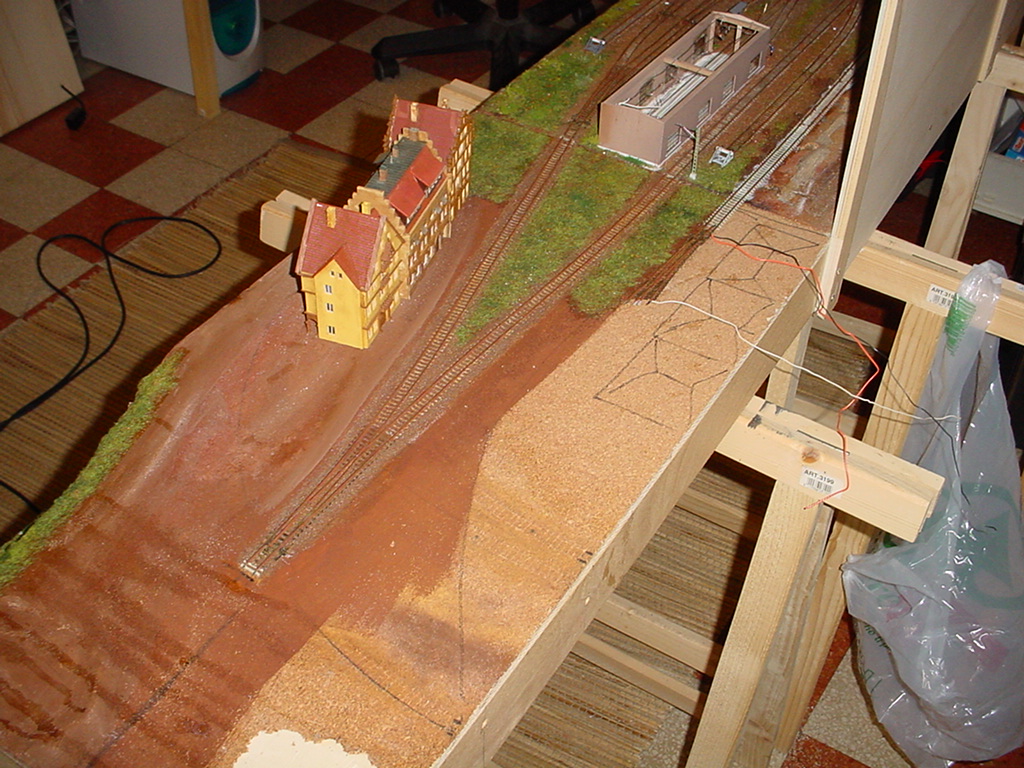
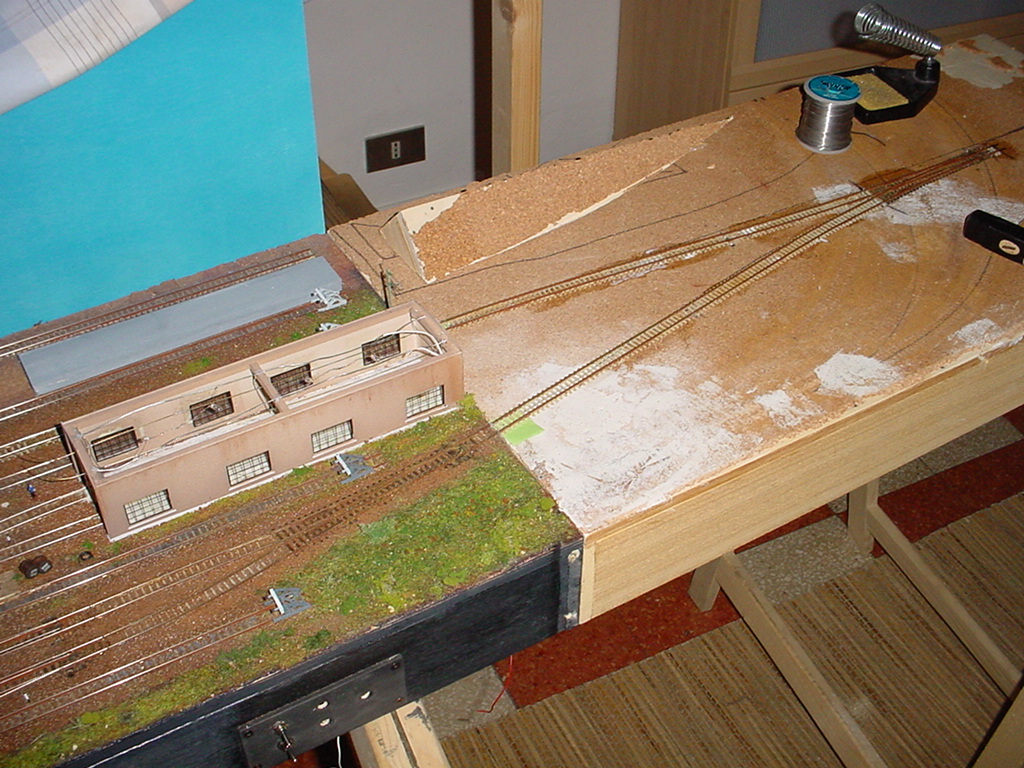
In late 2004, I moved into a larger home. This new residence featured a basement with a 5m x 4m (about 16′ x 13′) train room. Soon after settling in, I started building the benchwork and seamlessly integrated the previously built modules into a permanent layout.
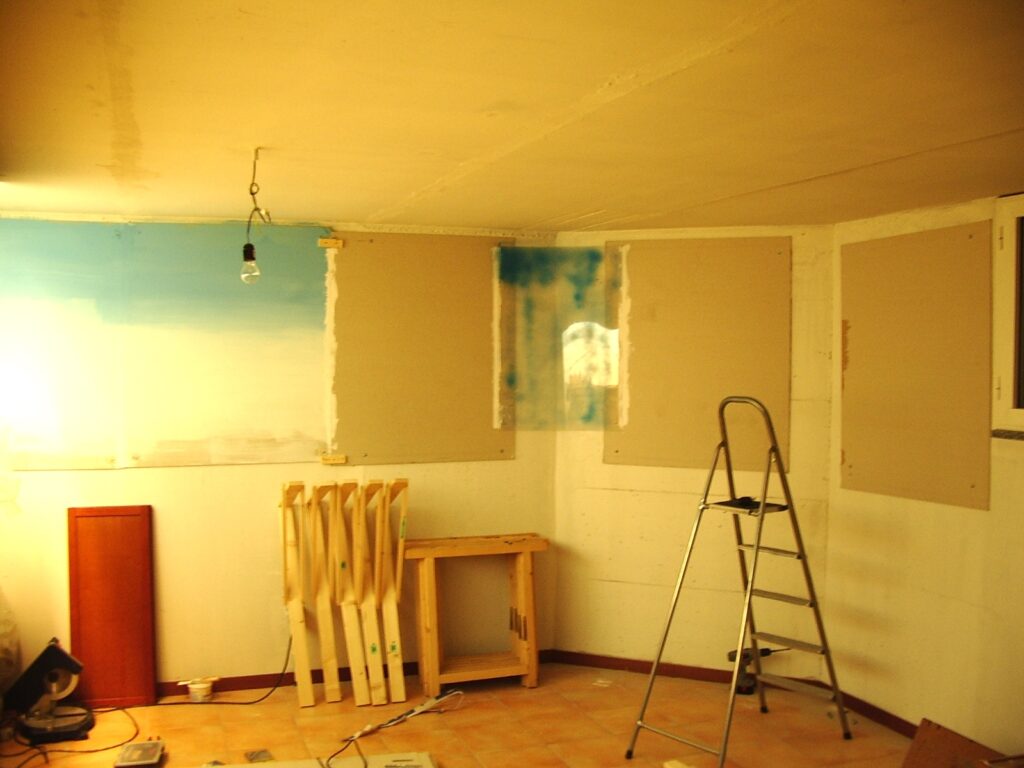
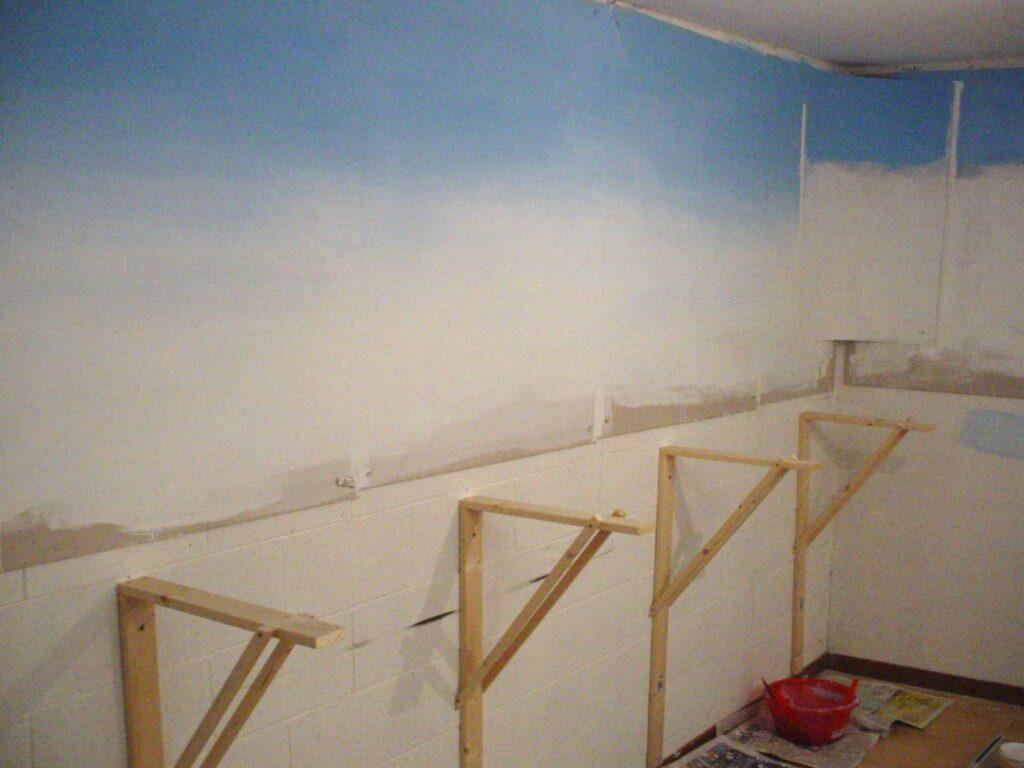
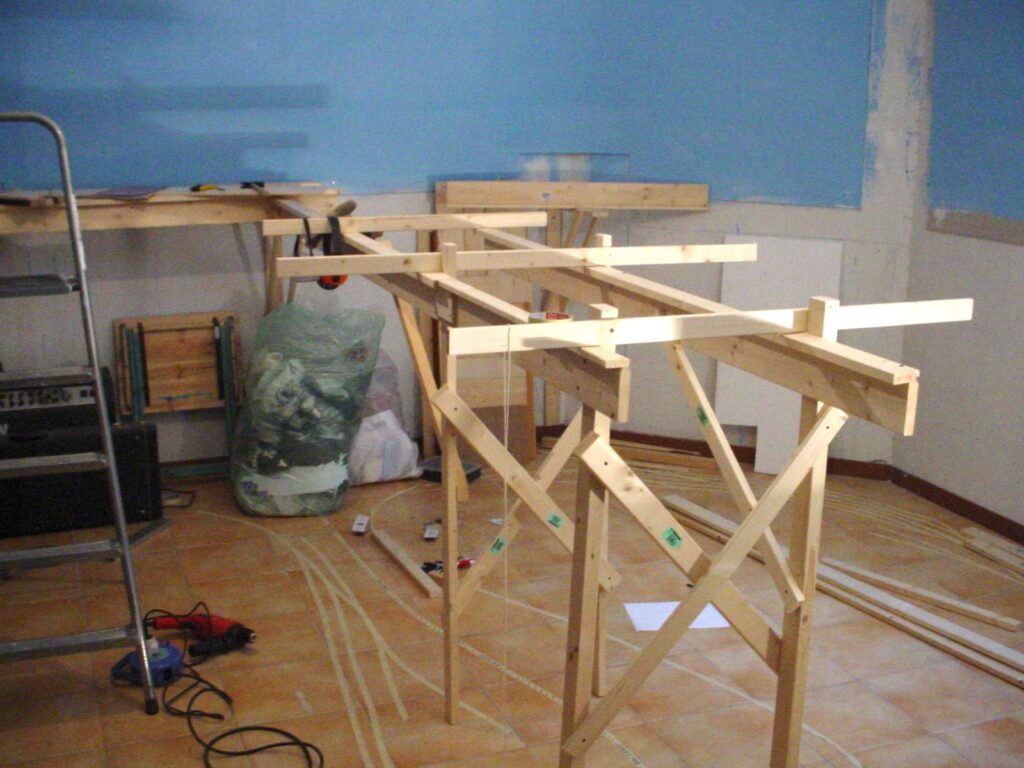
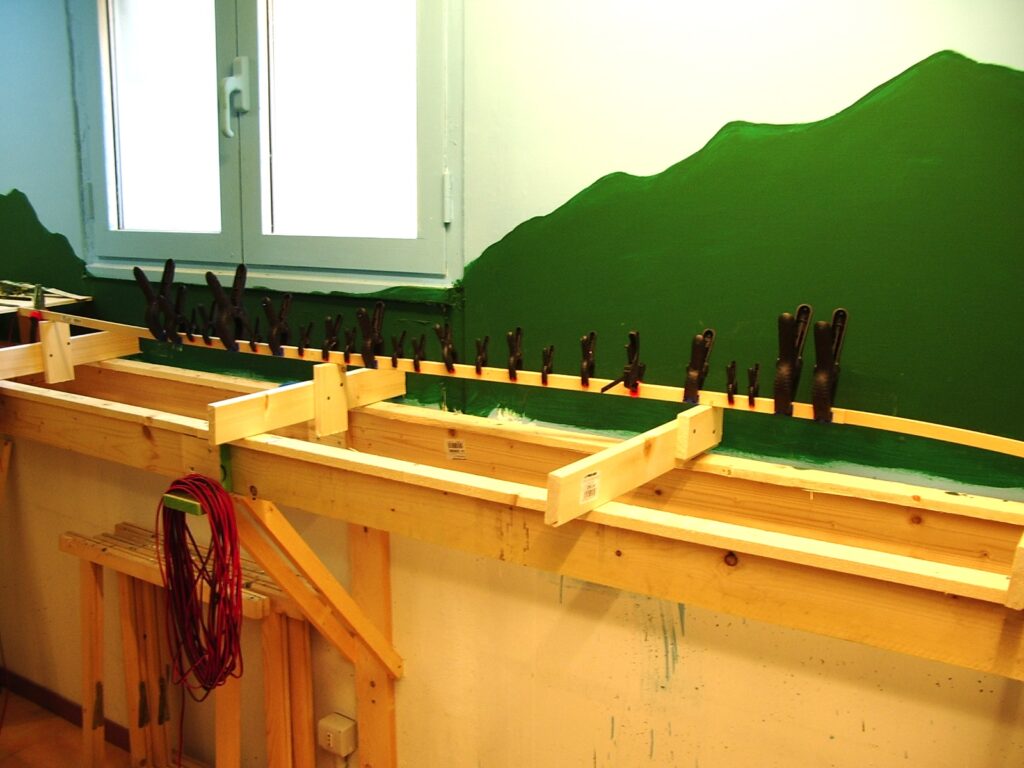
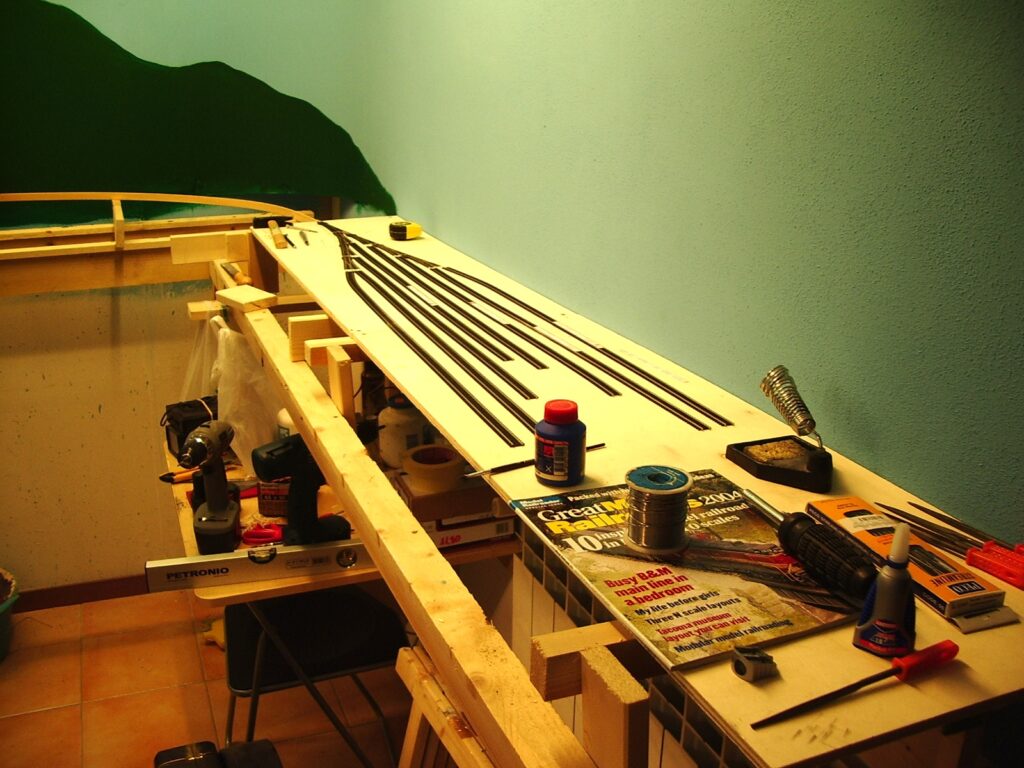
Even though the layout was European-style, my Model Railroader subscription proved remarkably beneficial. It allowed me to explore concepts like L-girder benchwork, walk-in layouts, and realistic operations. These techniques were not very common in Europe, primarily due to the limited available space compared to the average American home.
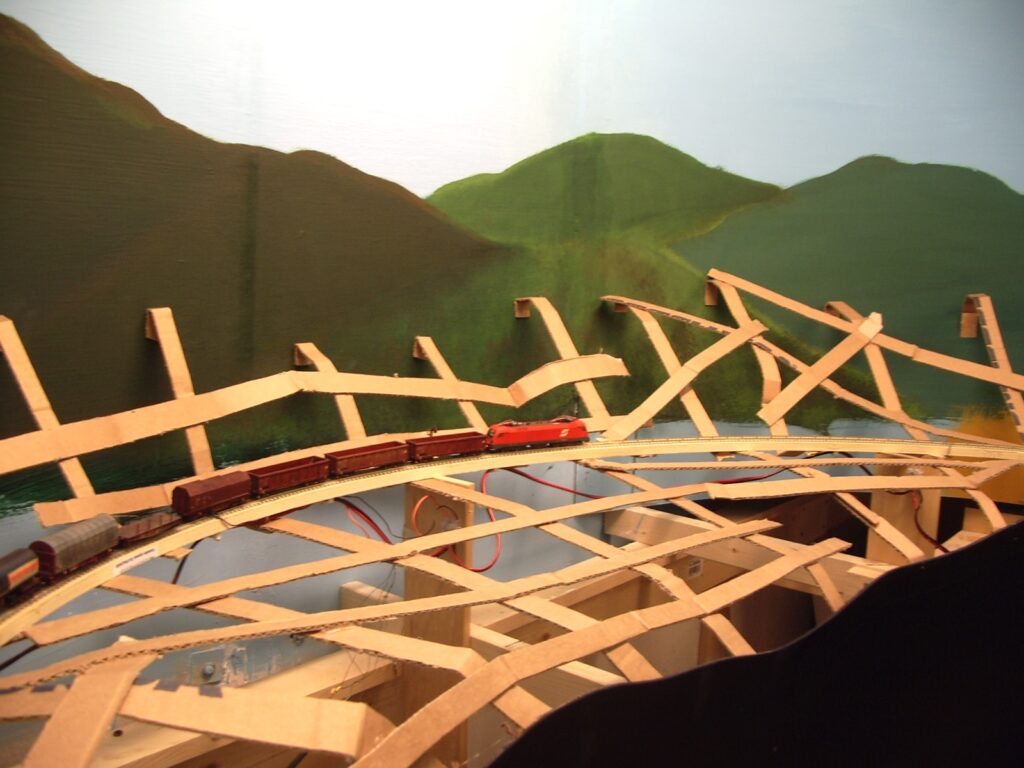
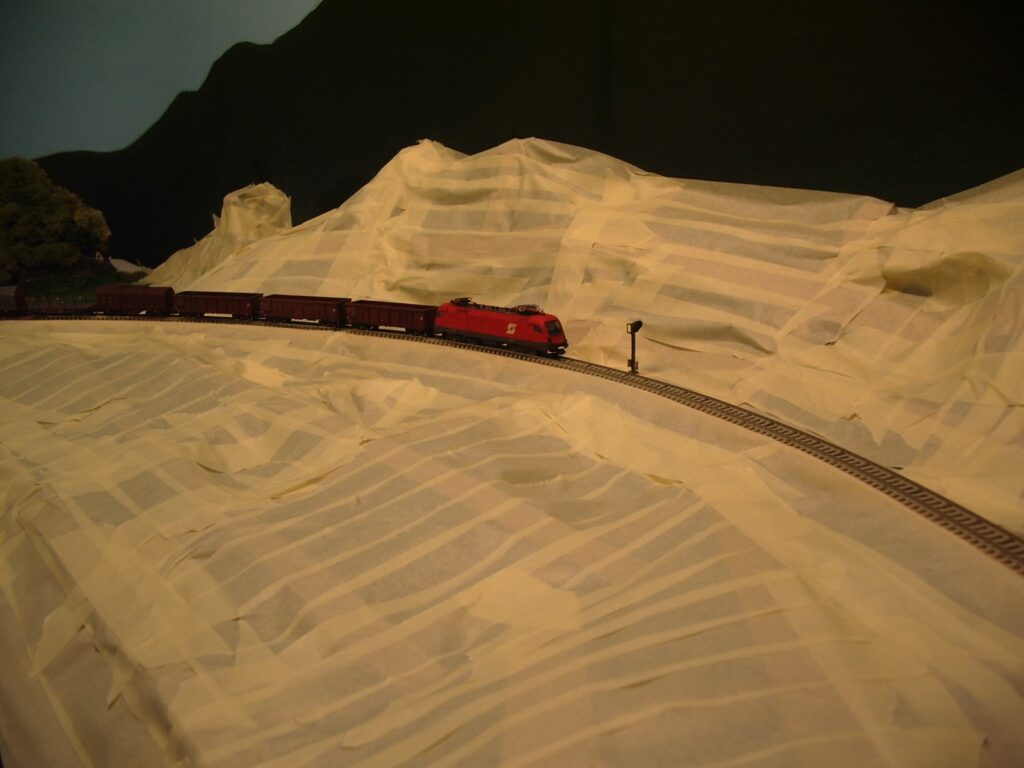
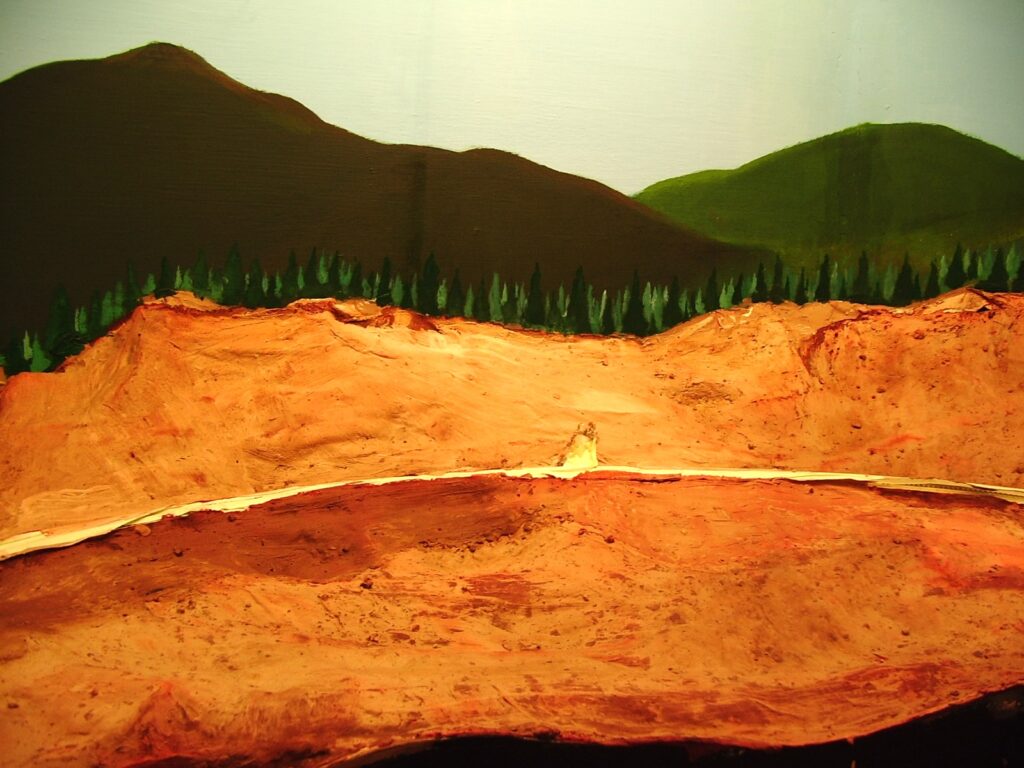
Consequently, I used quite a few techniques popular in the US. For example, you can see above that I tried Joe Fugate’s method for building terrains after watching one of his Siskiyou Line DVDs. Indeed, in the early 2000s, DVDs were still the primary way to watch videos.
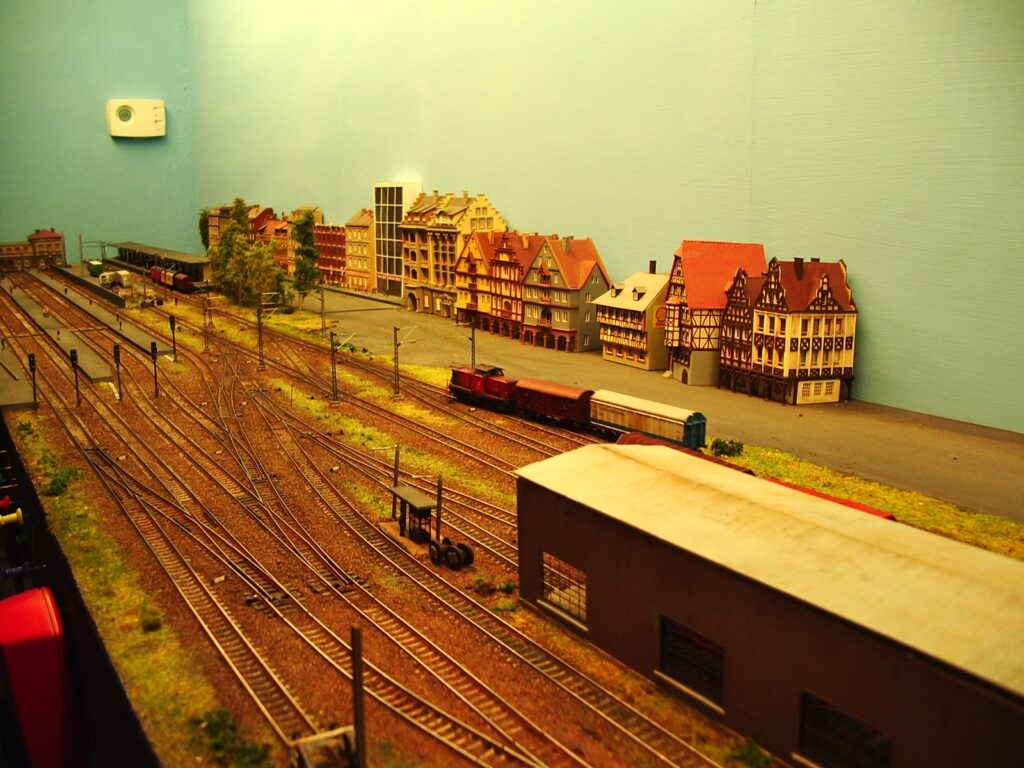
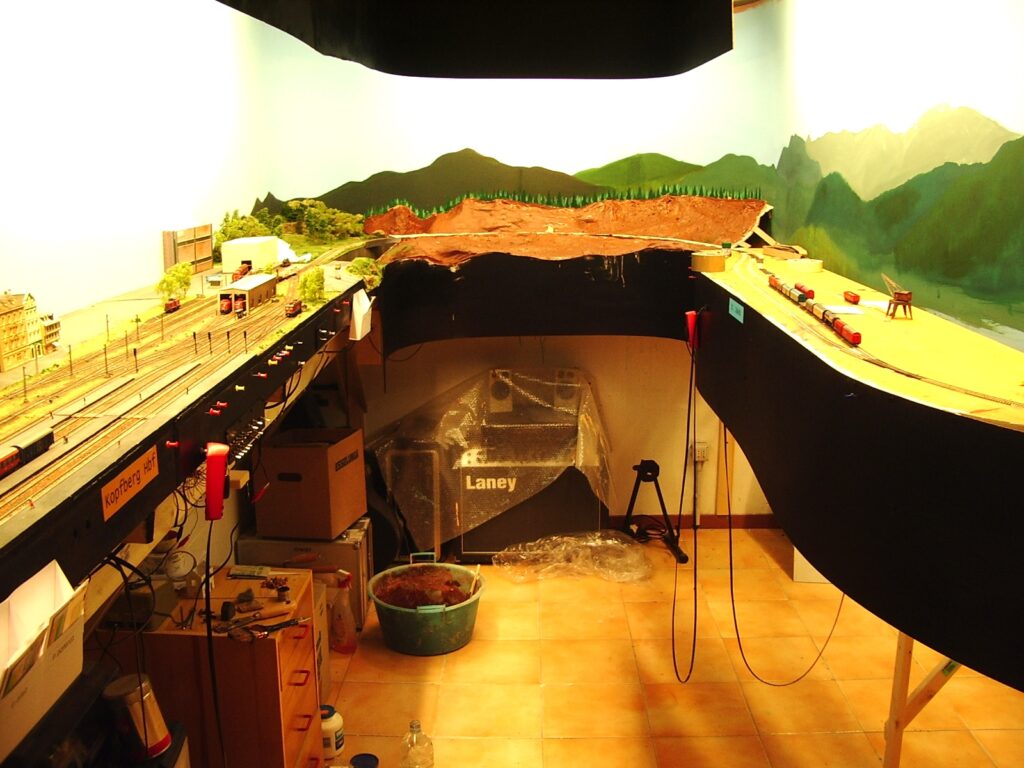
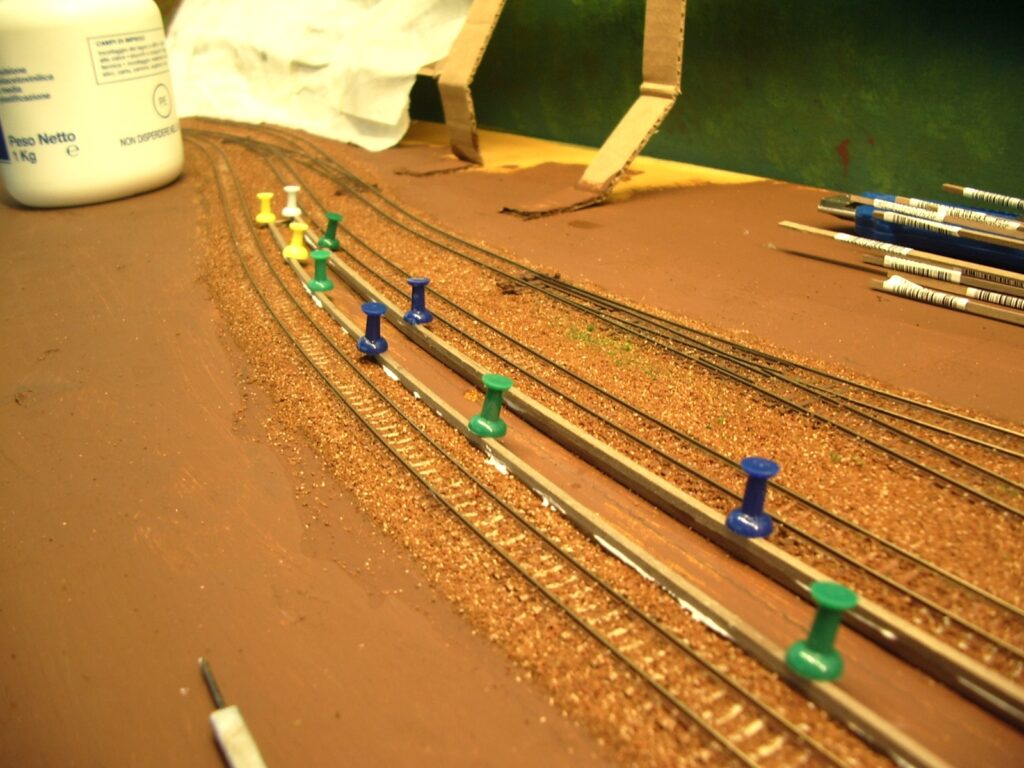
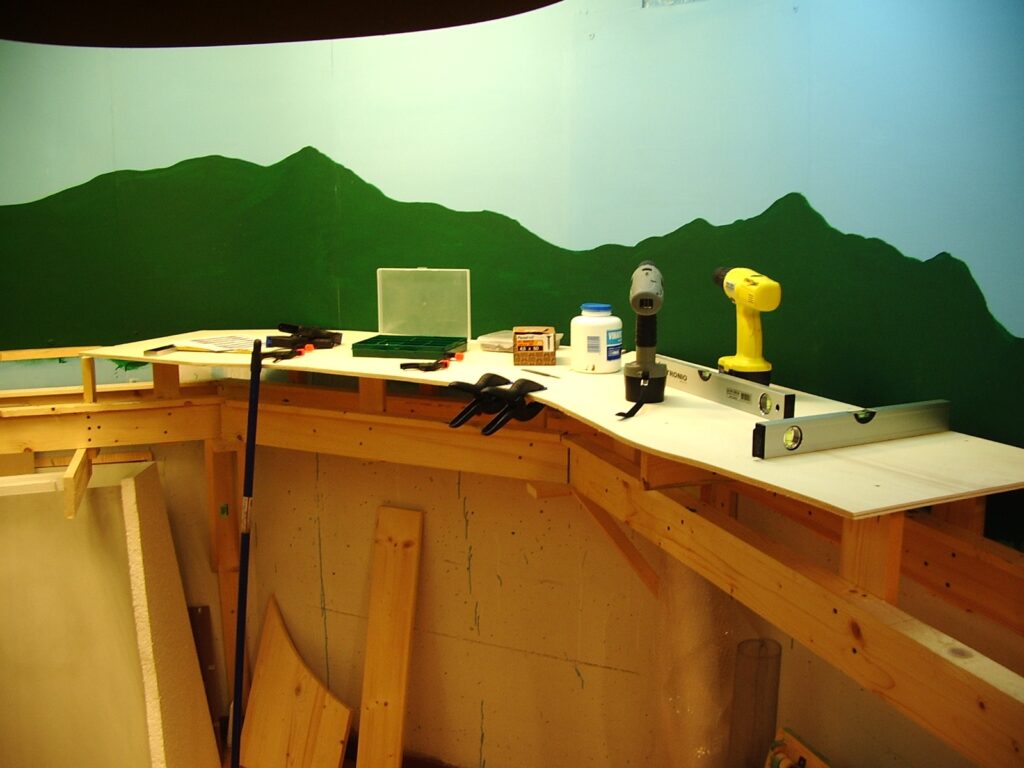
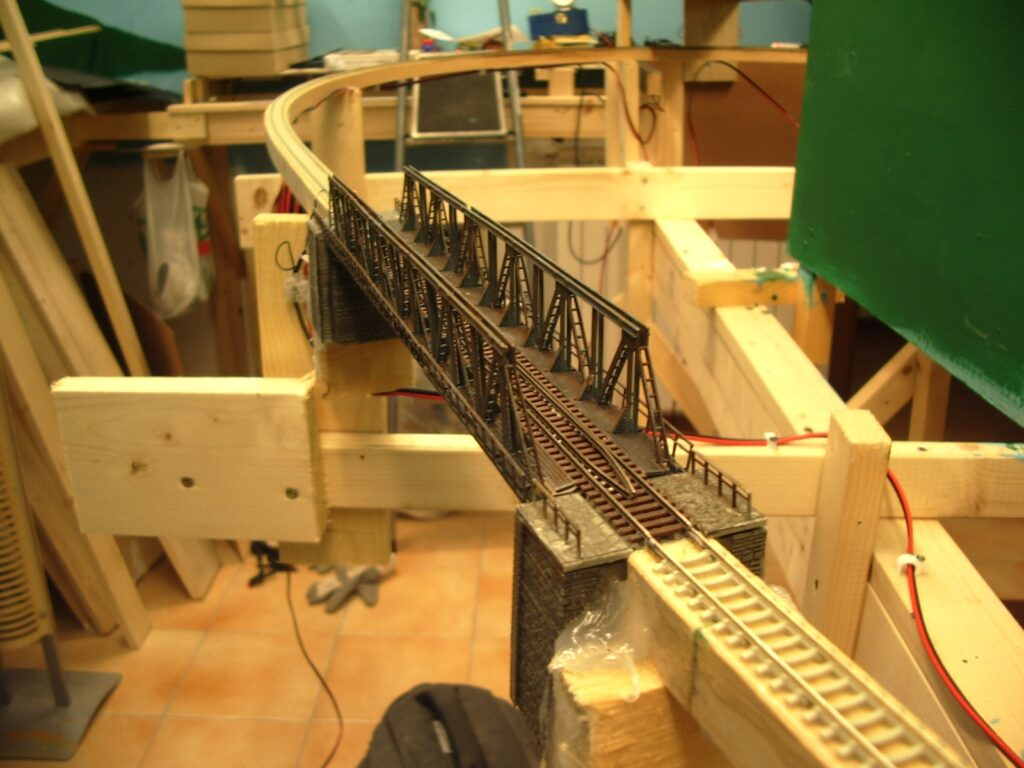
Since I built the Kopfberg station as modules, I had plenty of time to scenic and detail it. Therefore, I completed these tasks before I even started building the main Kopfbergbahn Austrian layout.
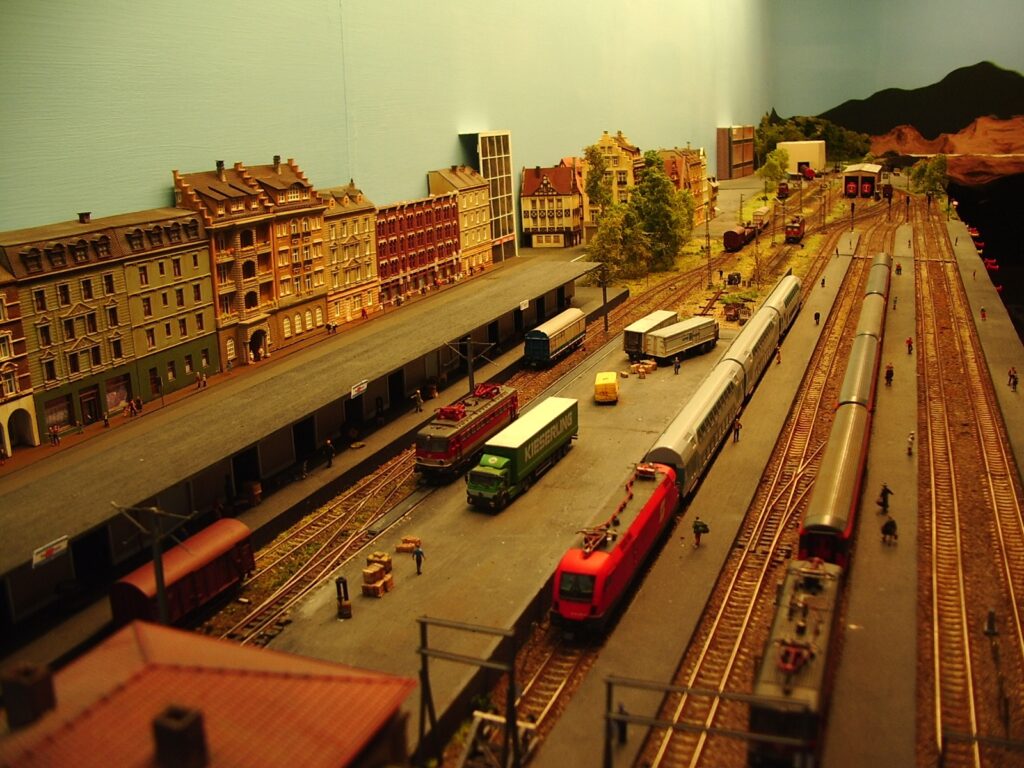
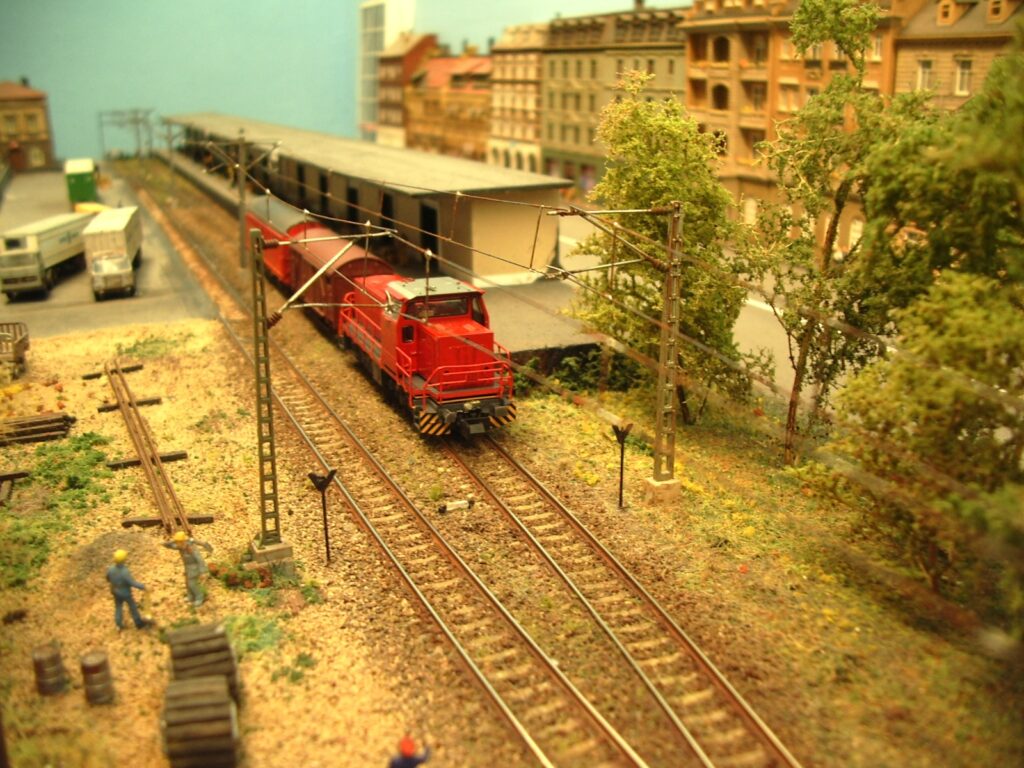
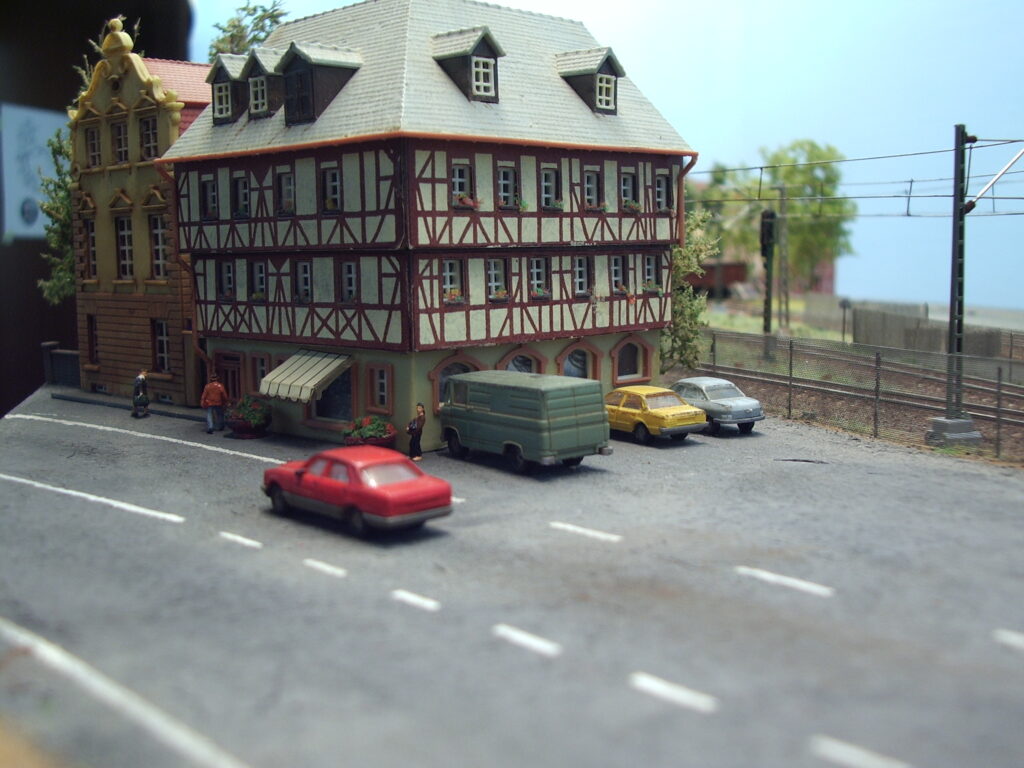
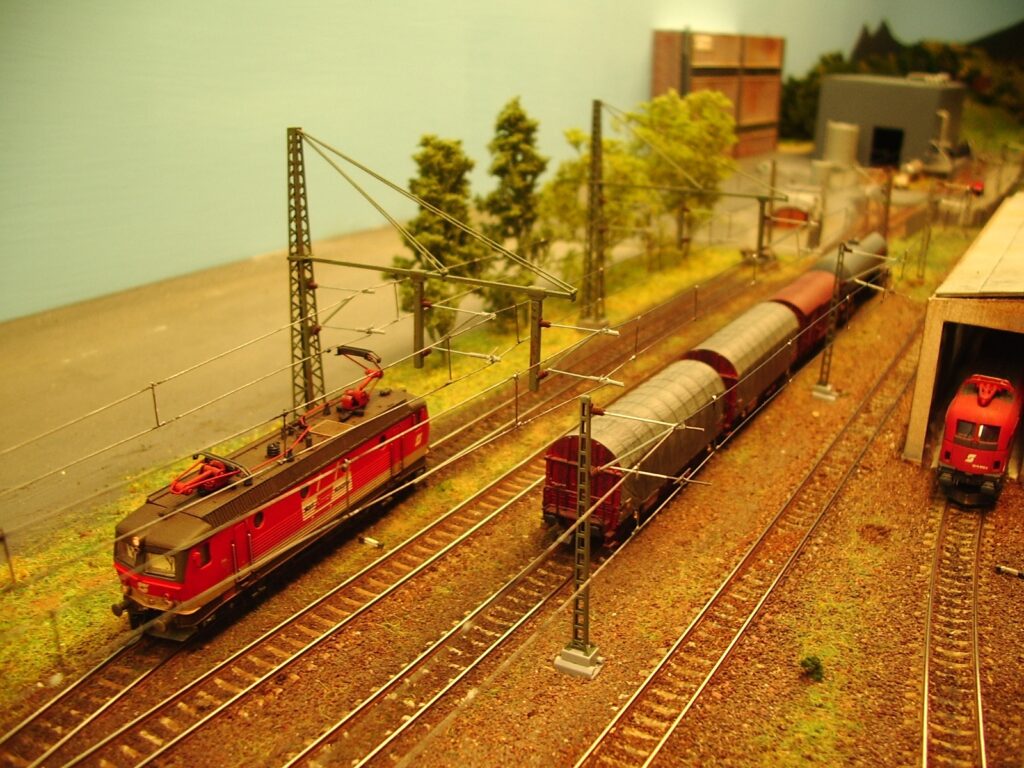
I hosted several operating sessions with friends, and we truly enjoyed the time spent running trains in a prototypical fashion. We accomplished this by using a timetable and car cards with a 4-cycle waybill.
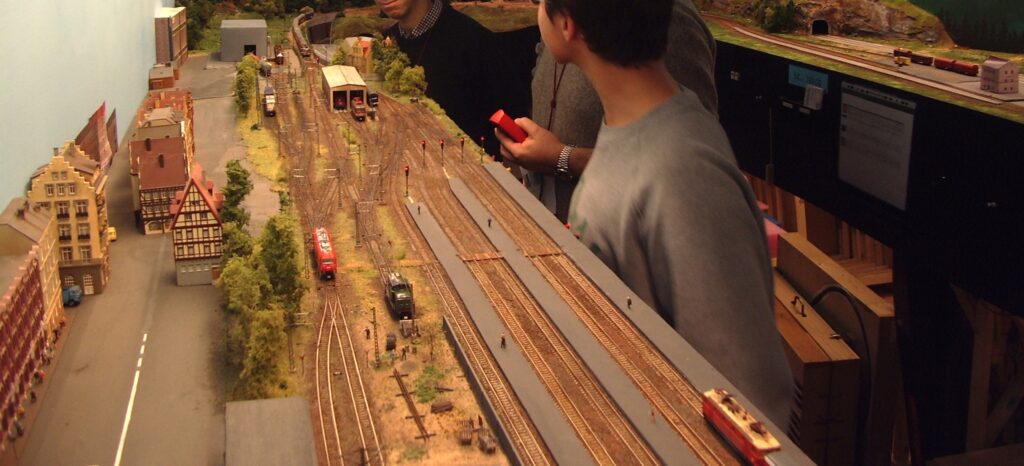
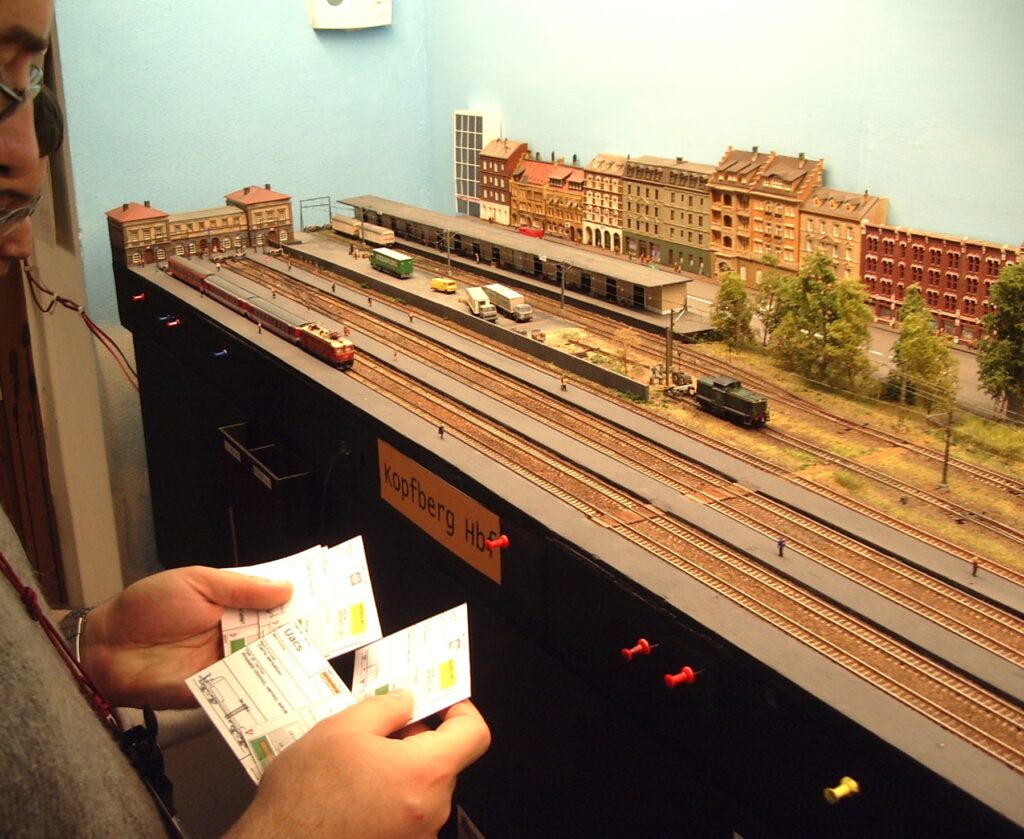
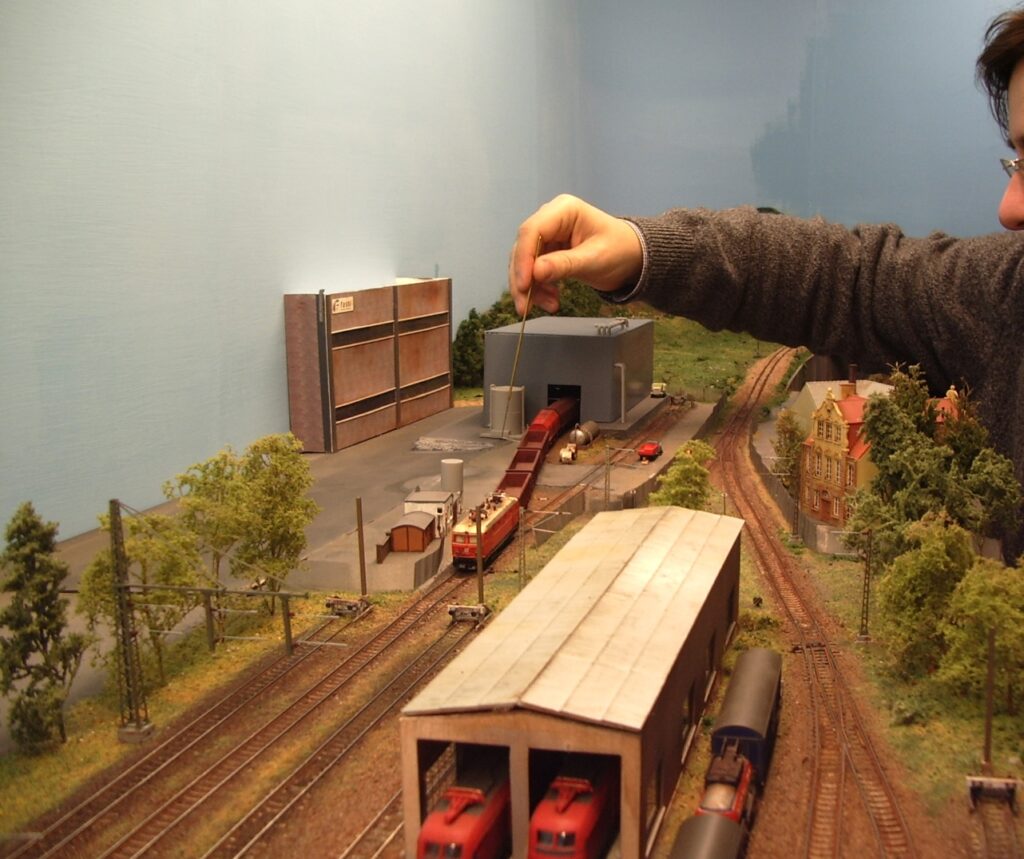
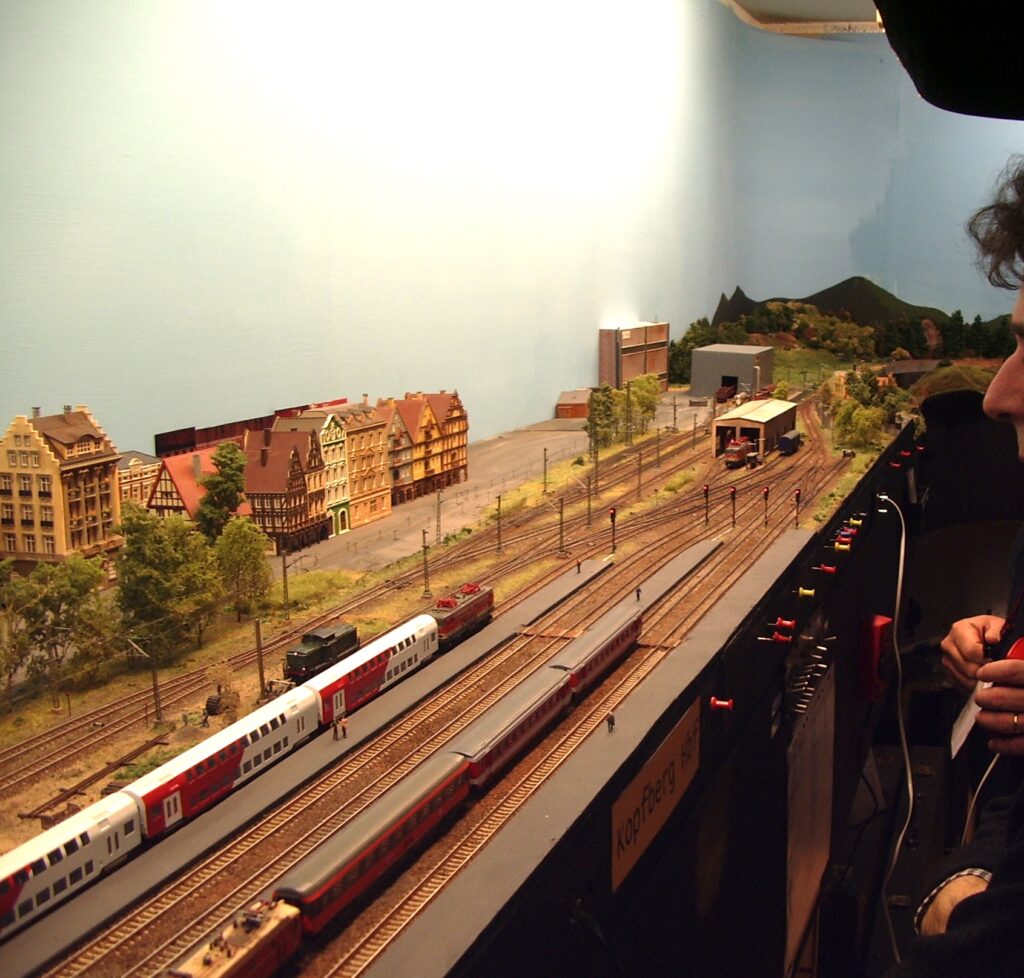
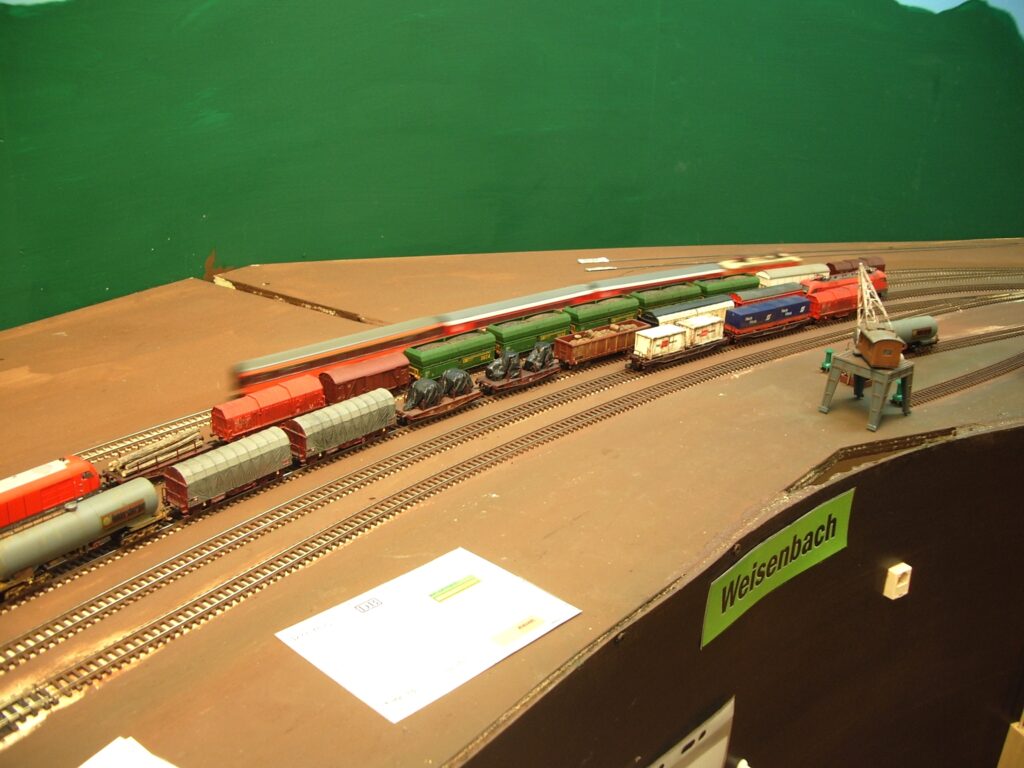
Meanwhile, construction continued, and I managed to scenic almost 60% of the layout.
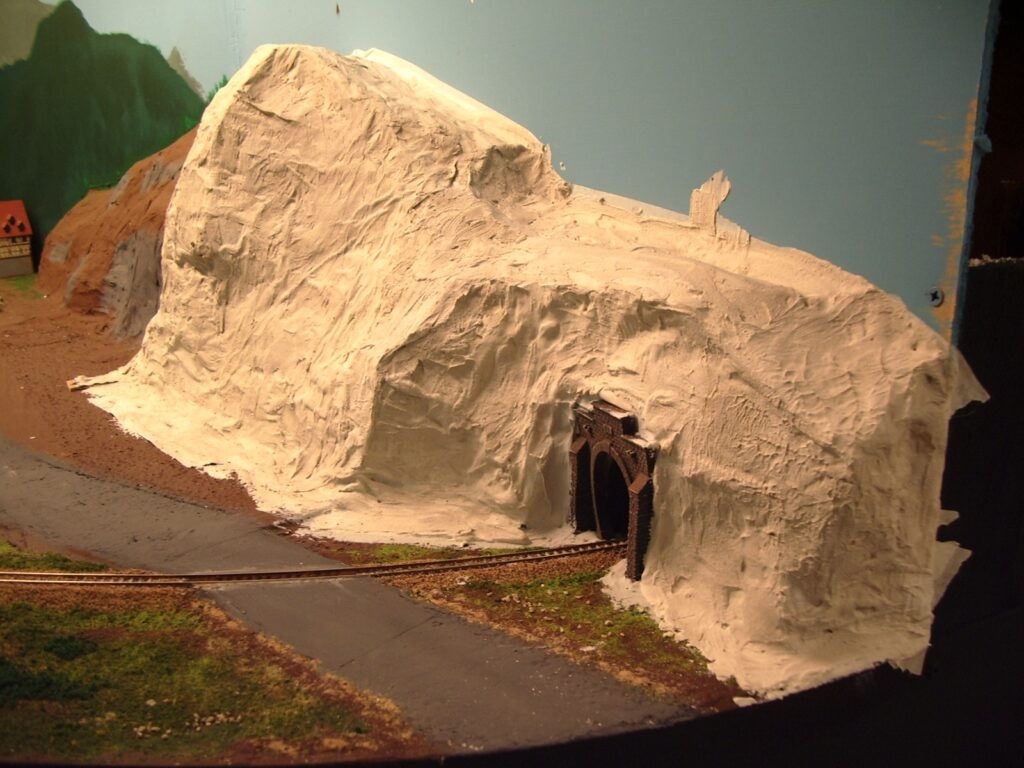
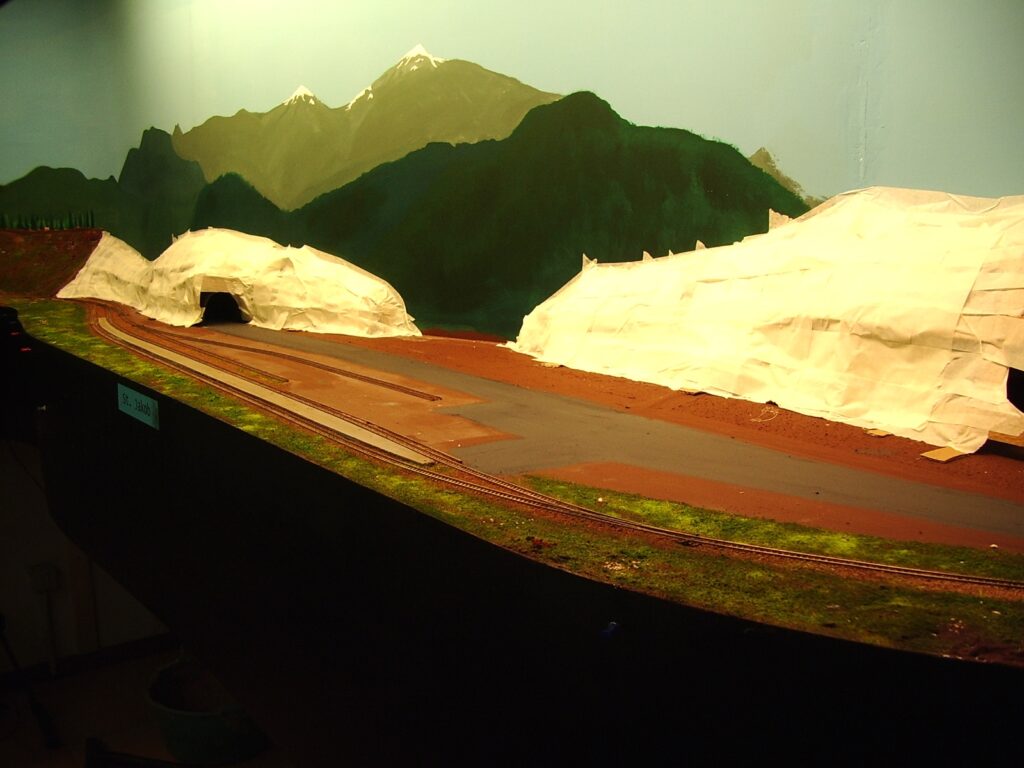
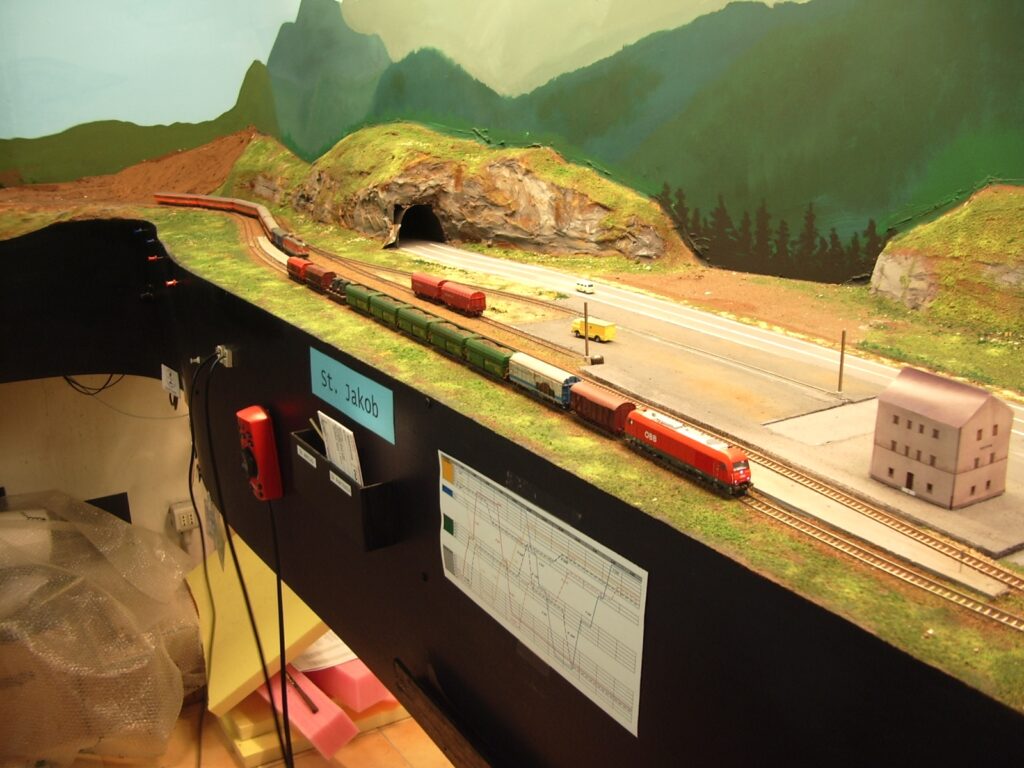
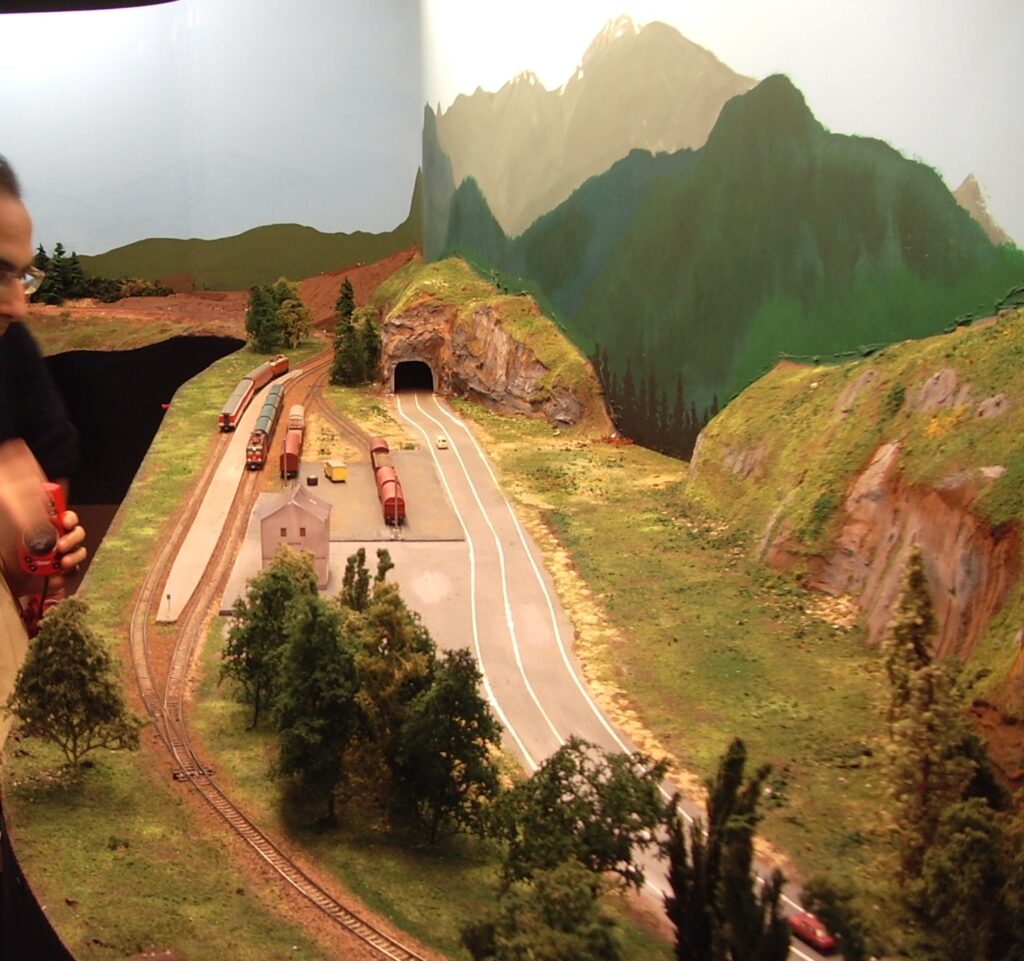
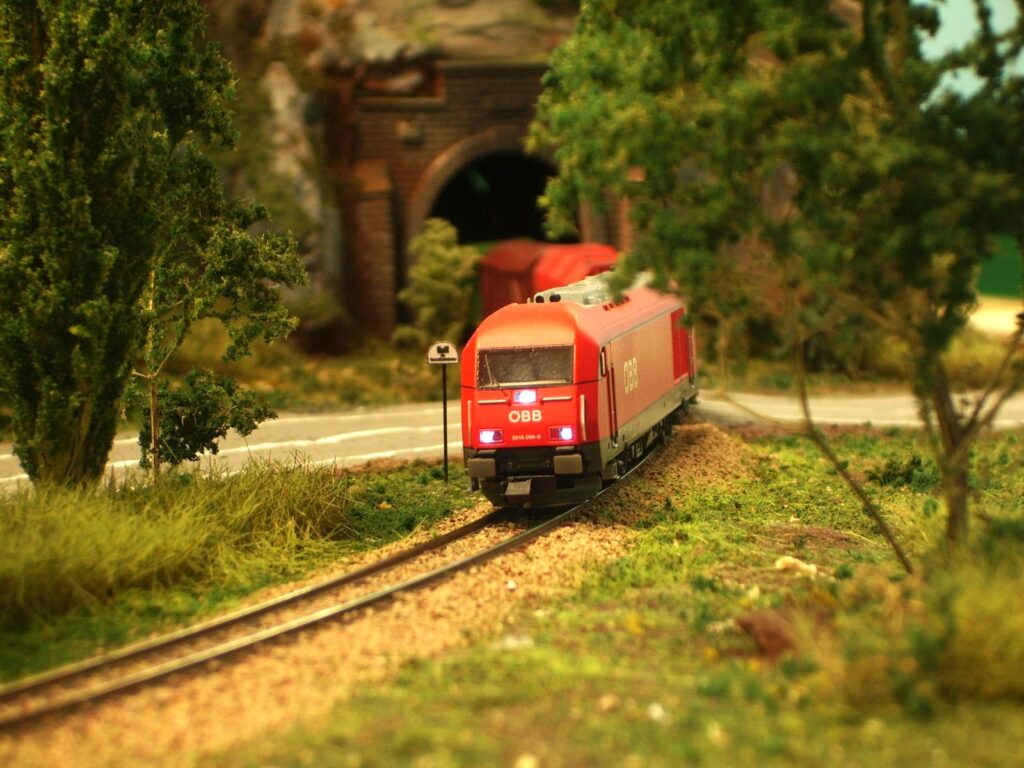
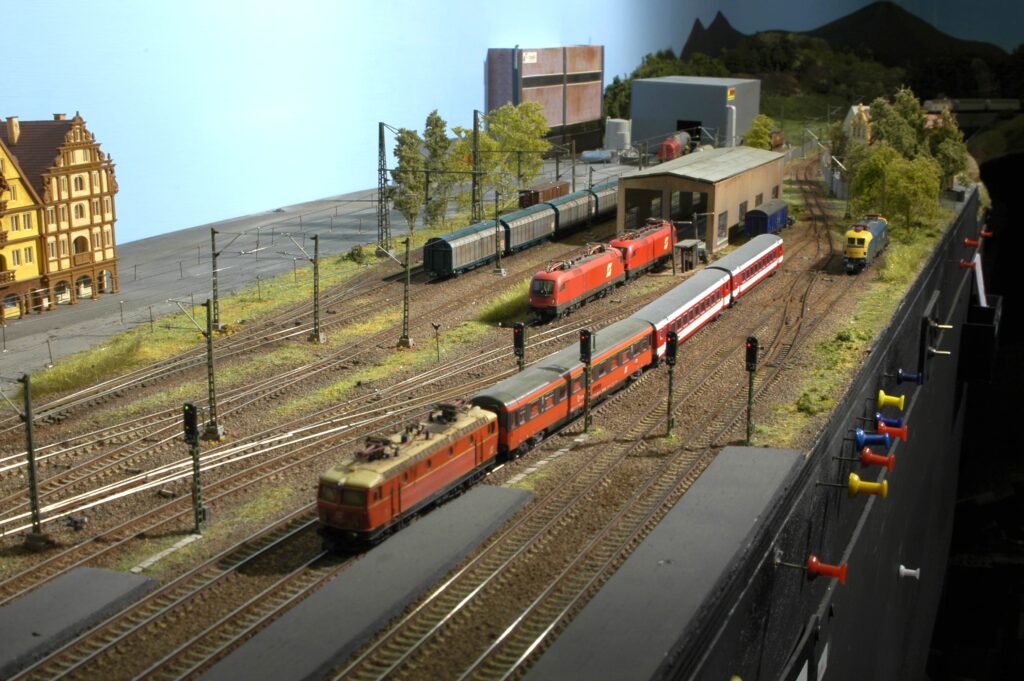
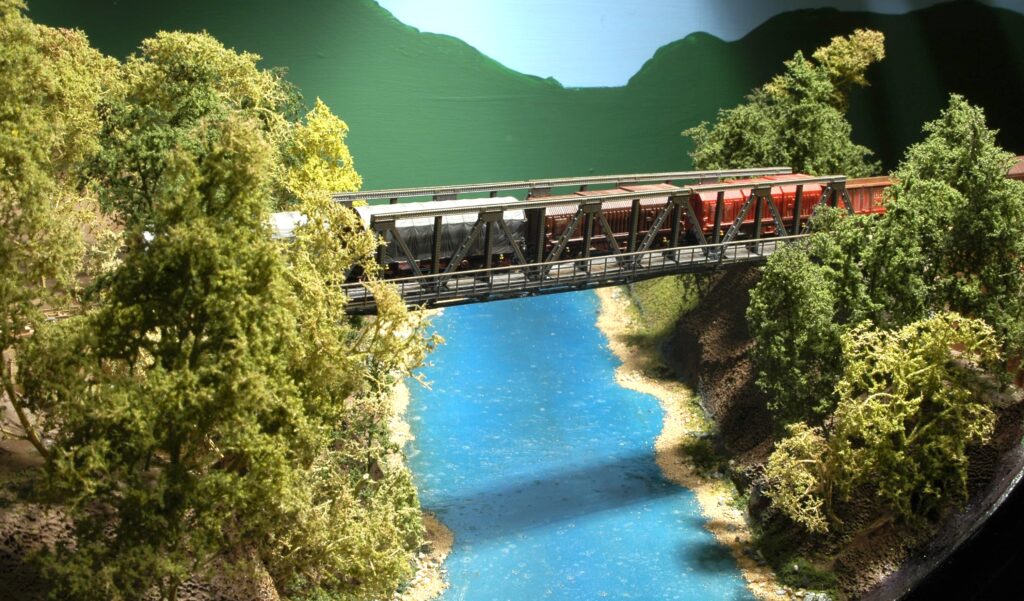
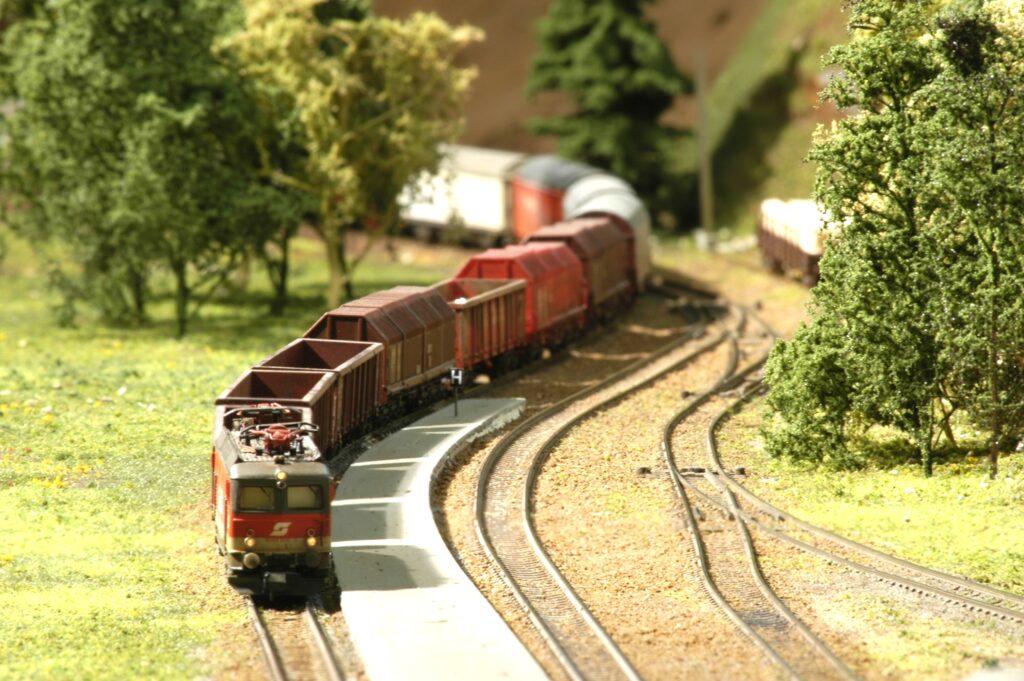
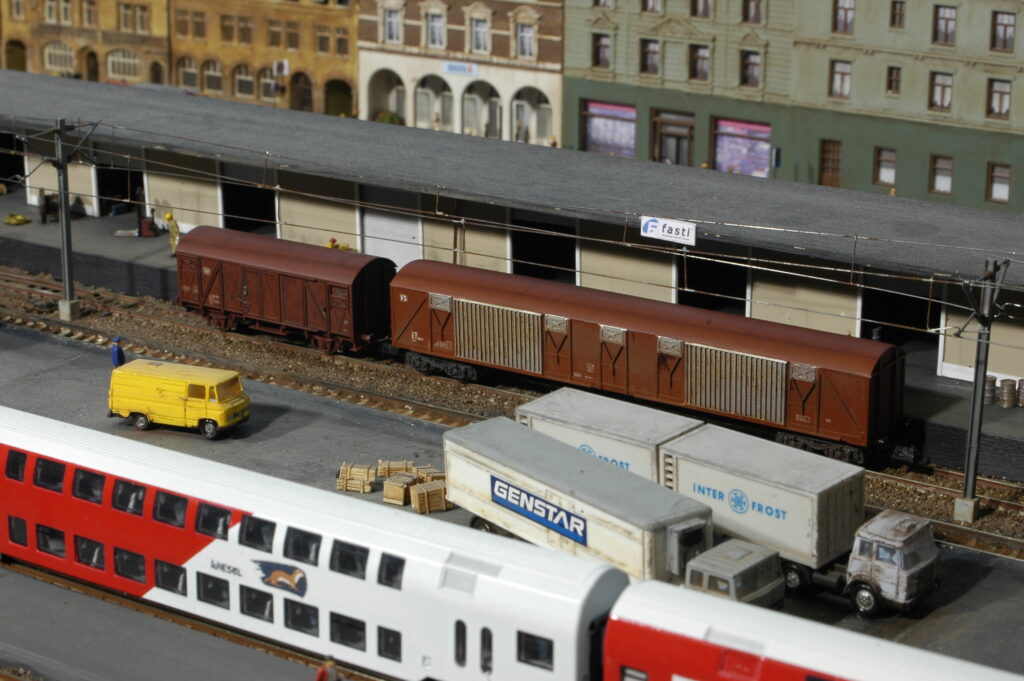
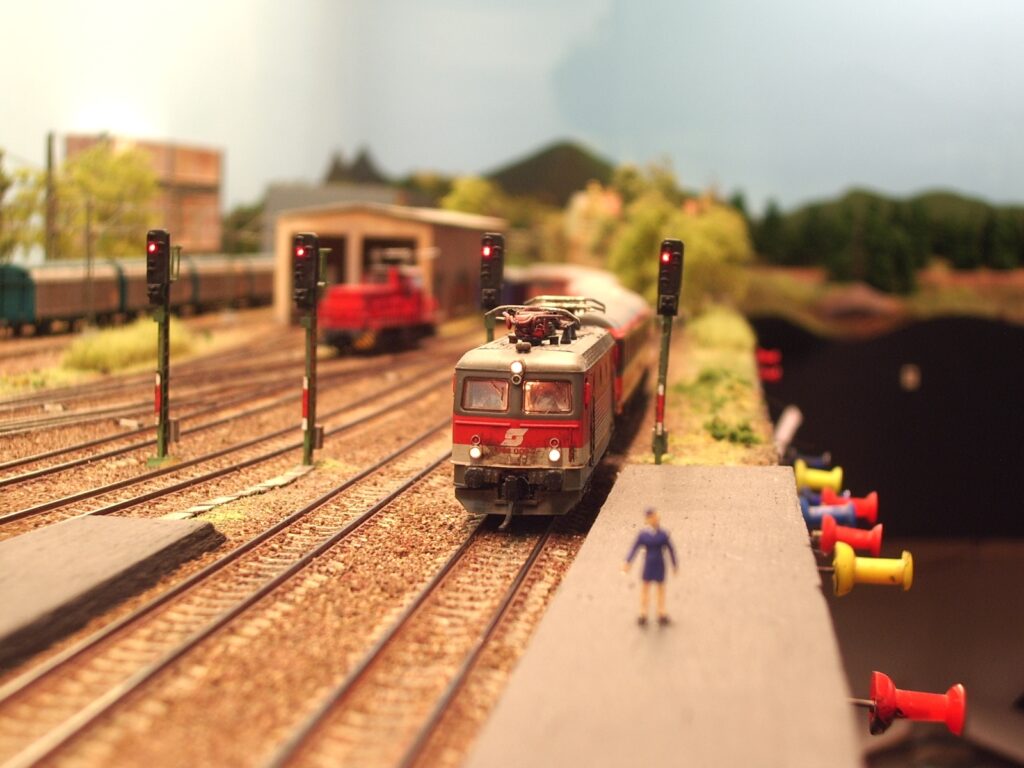
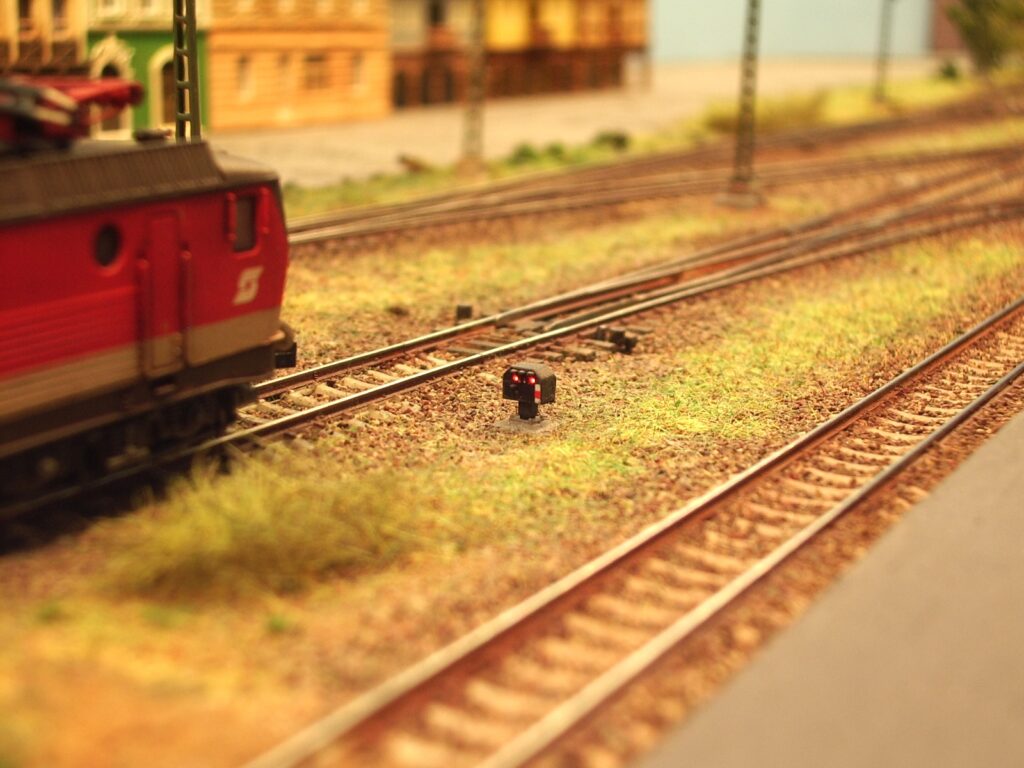
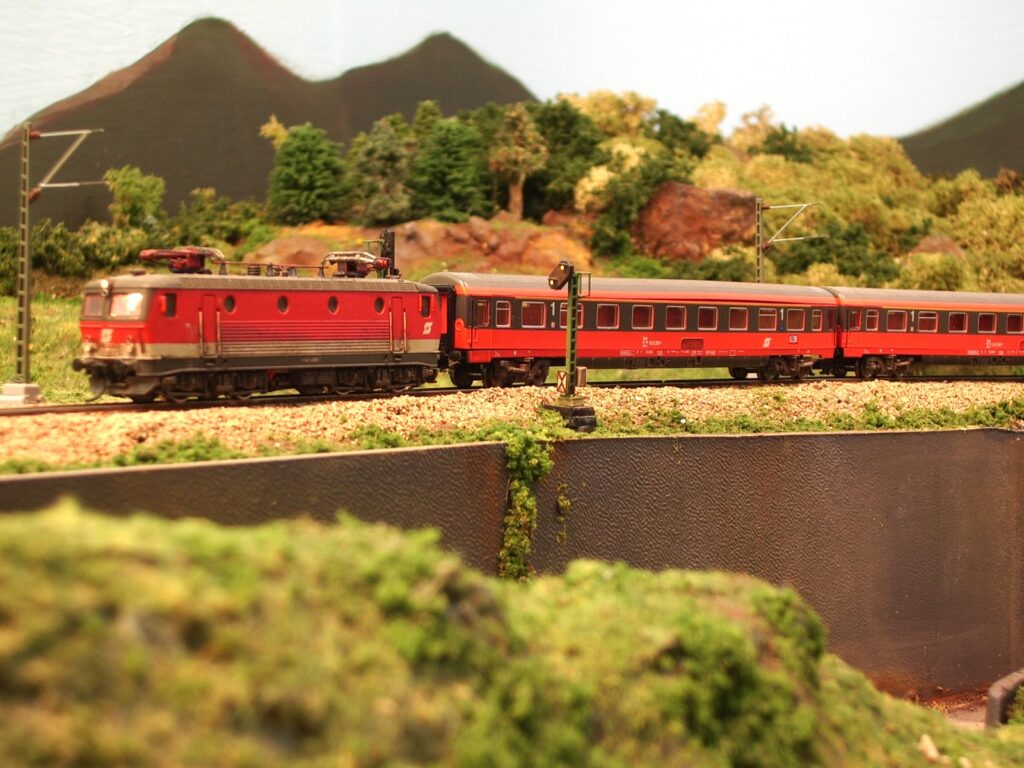
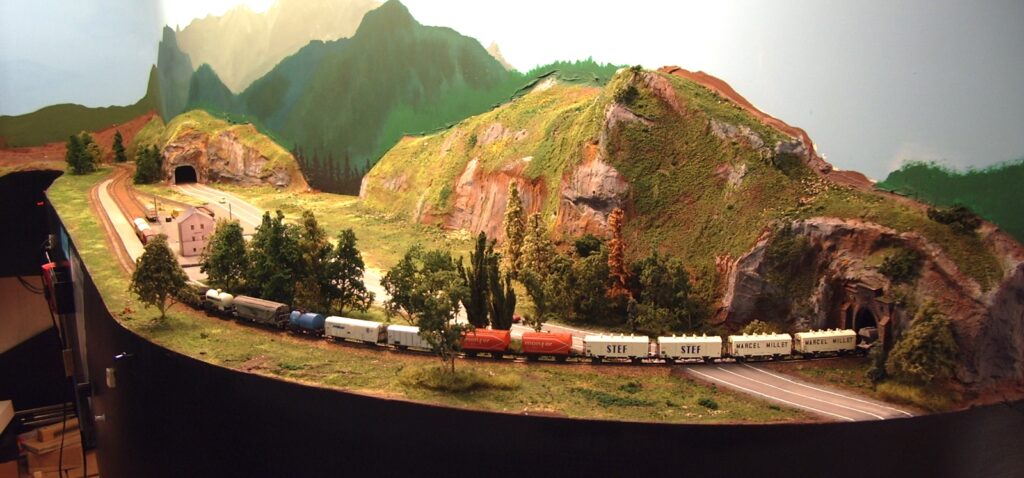
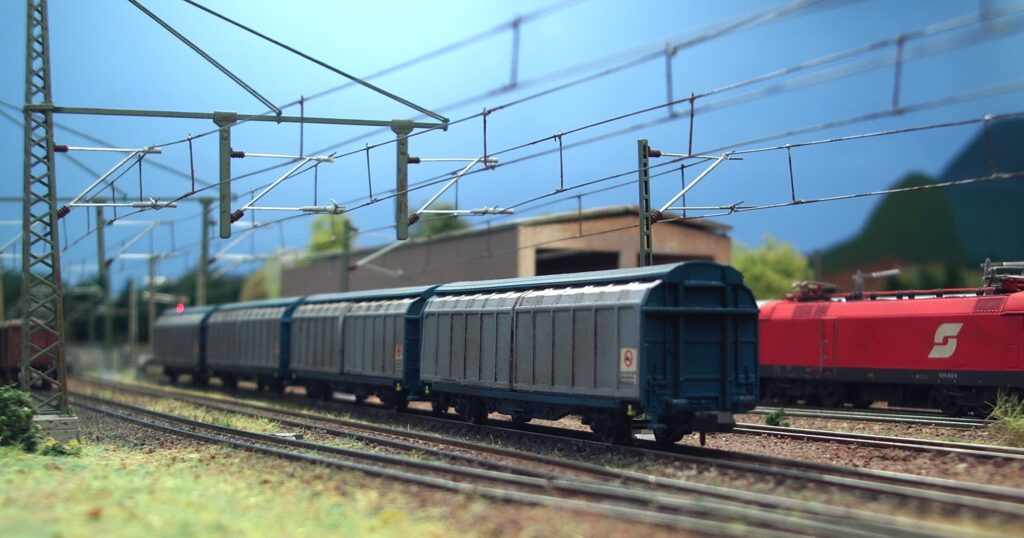
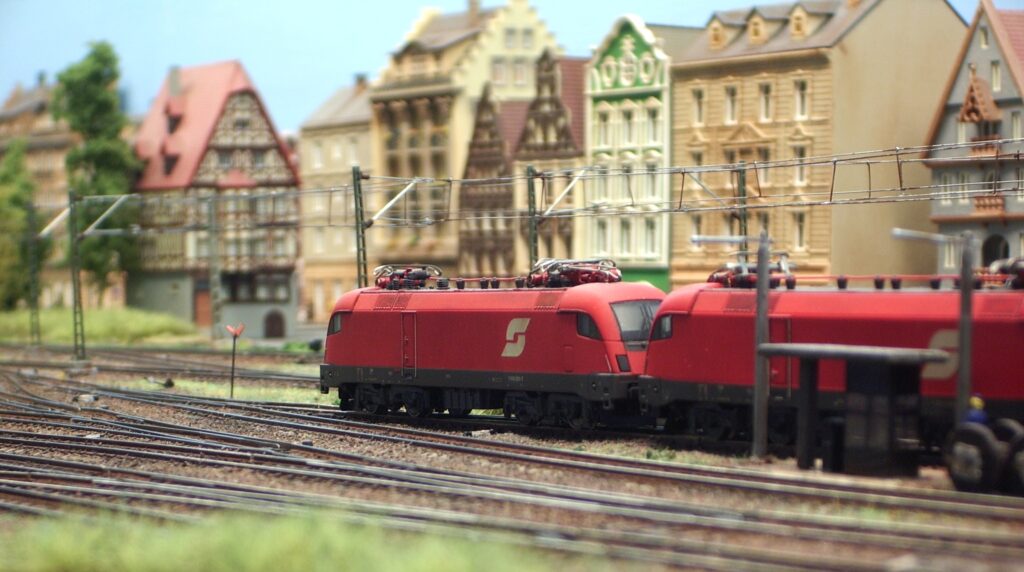
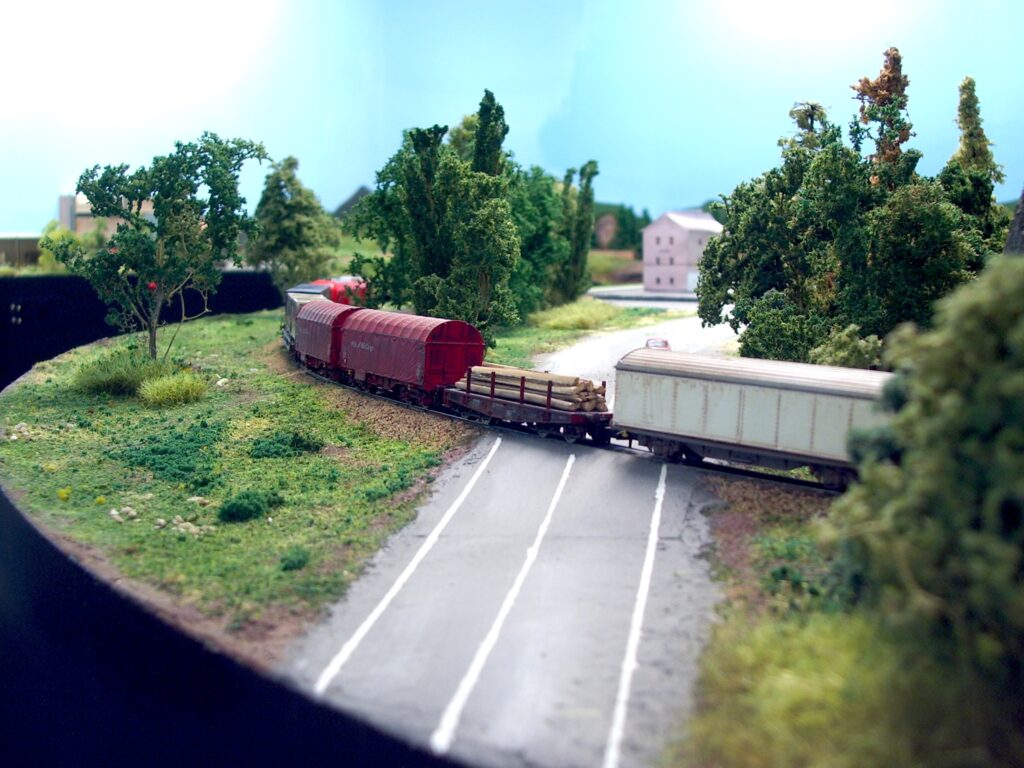
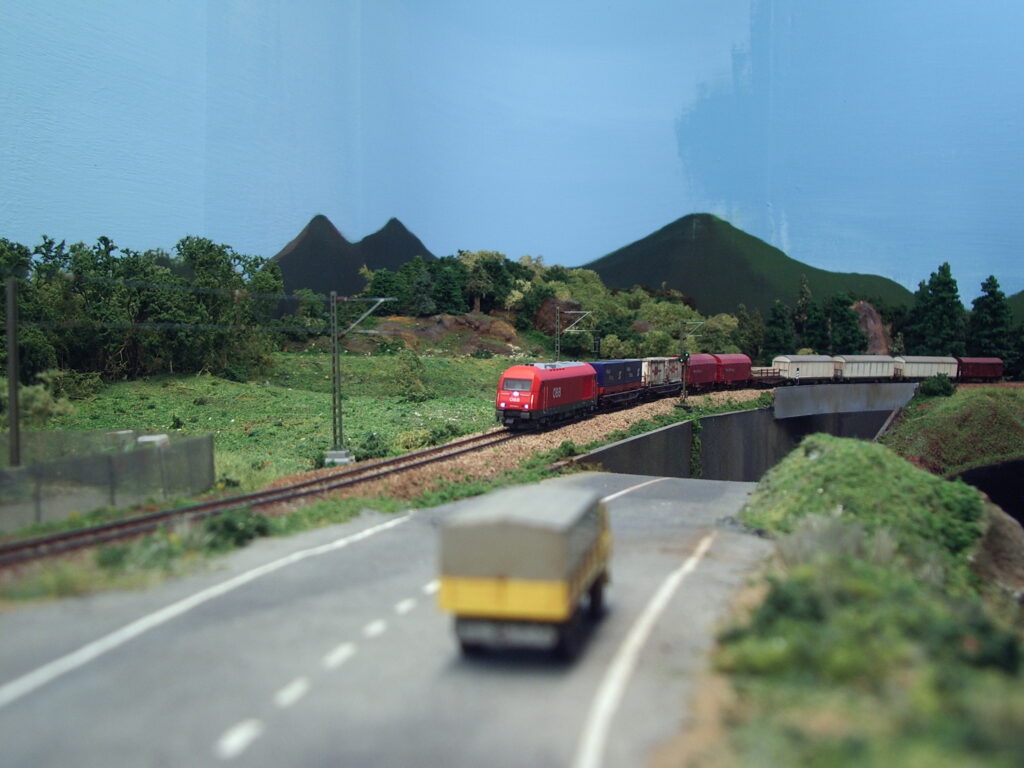
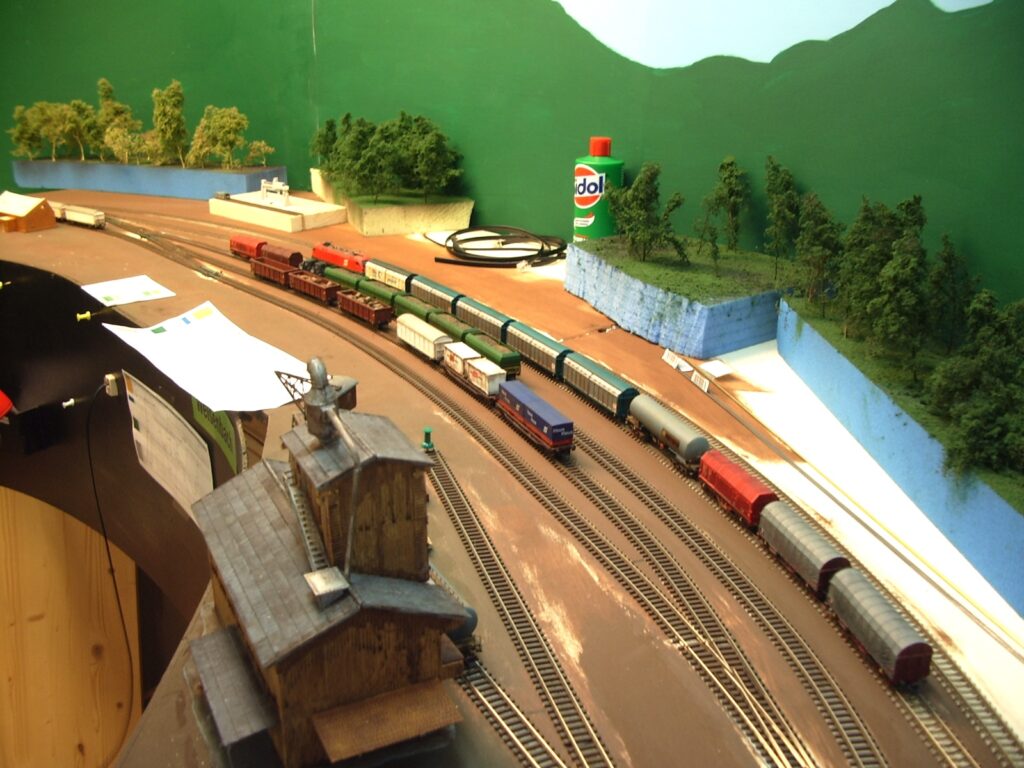
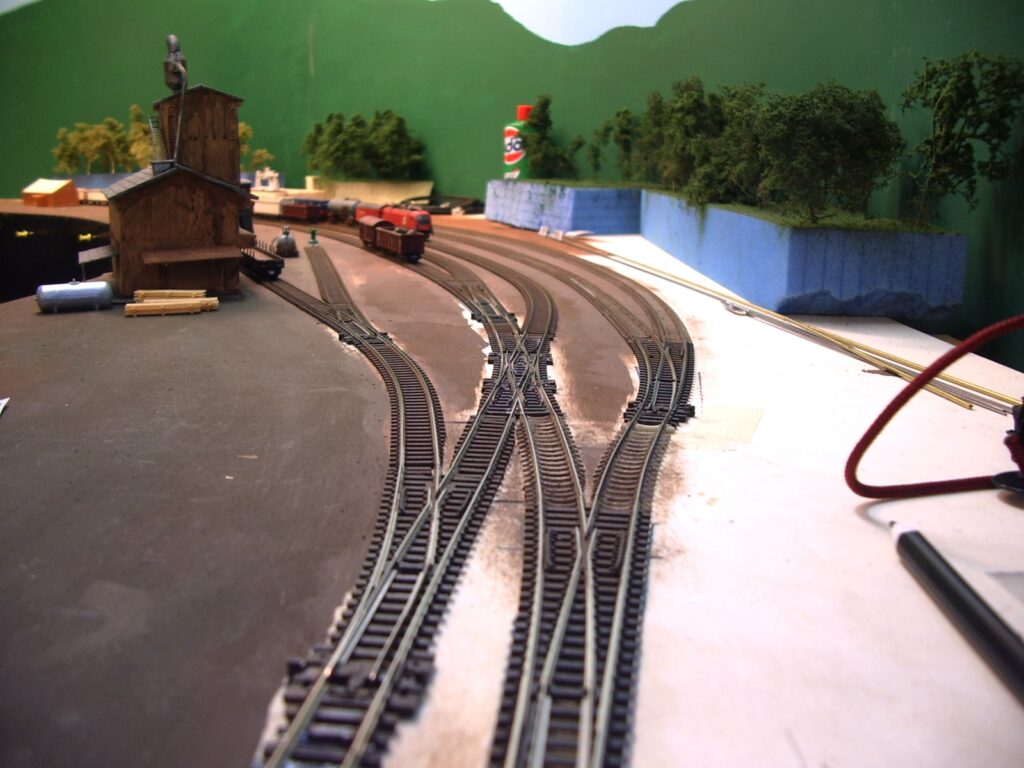
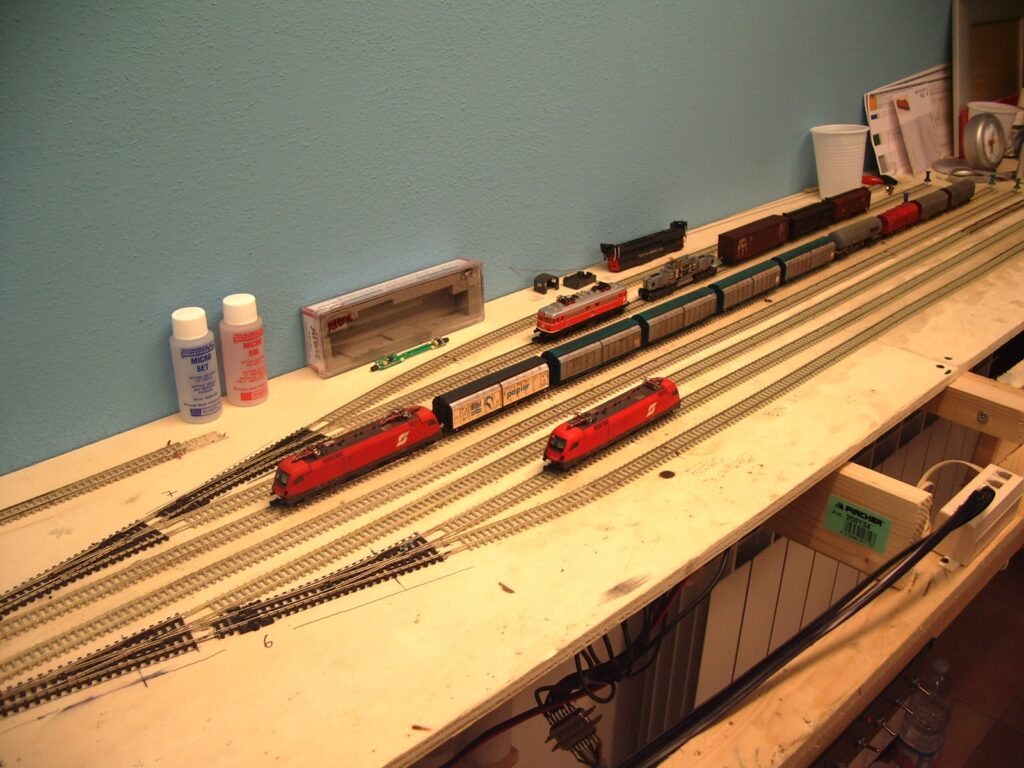
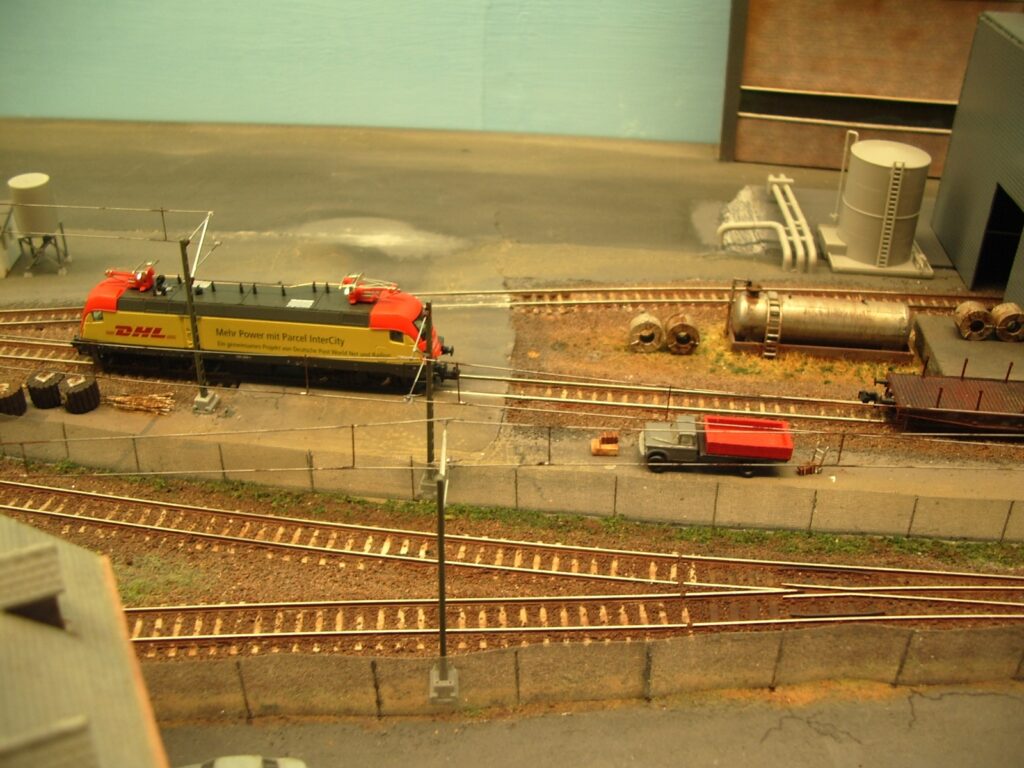
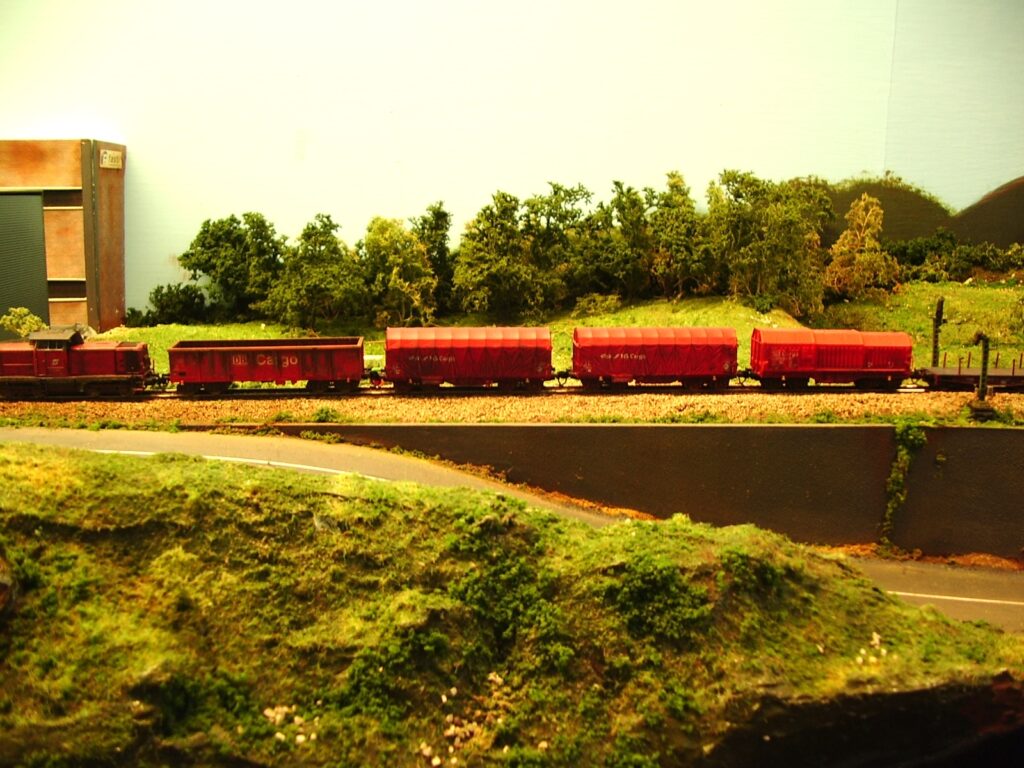
Although the layout is now gone, it provided a few years of enjoyment through construction, detailing, and shared operations with friends.
Tearing it down in 2006 was bittersweet, but the memories and lessons will carry forward into future projects. In the end, it was more than track and scenery, it was a place to connect and create.
The next layout I built was the SP Coast Line in N scale.